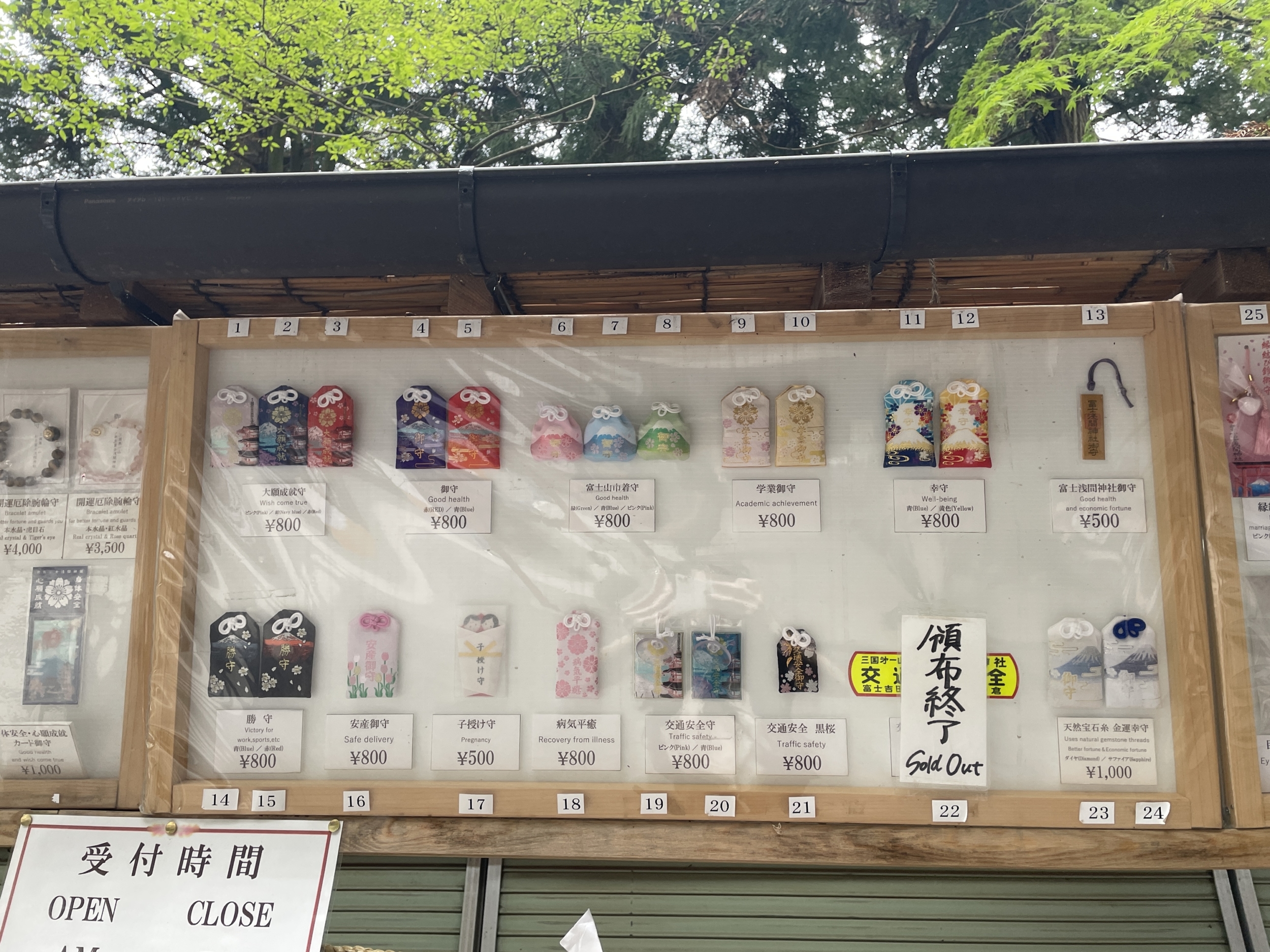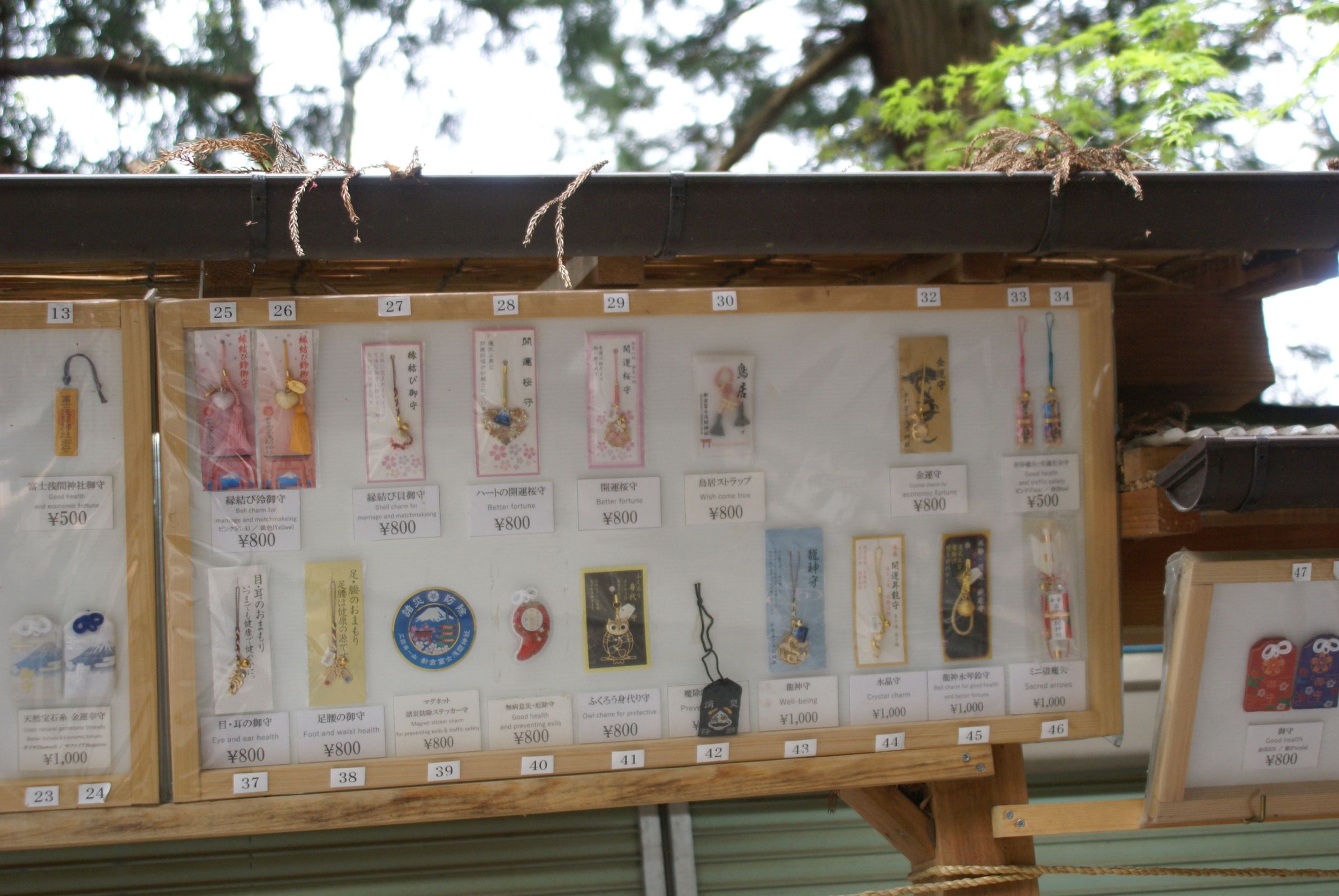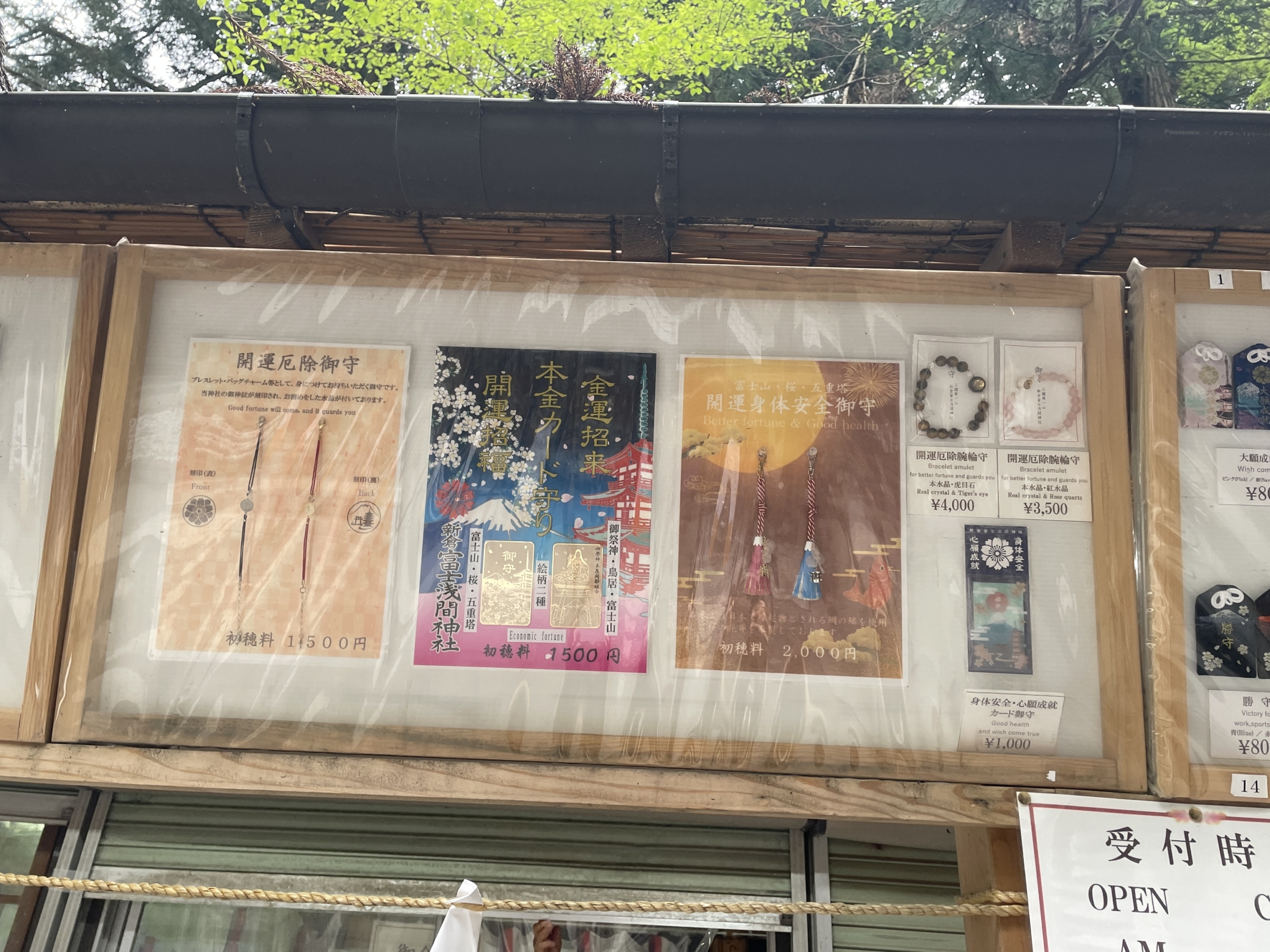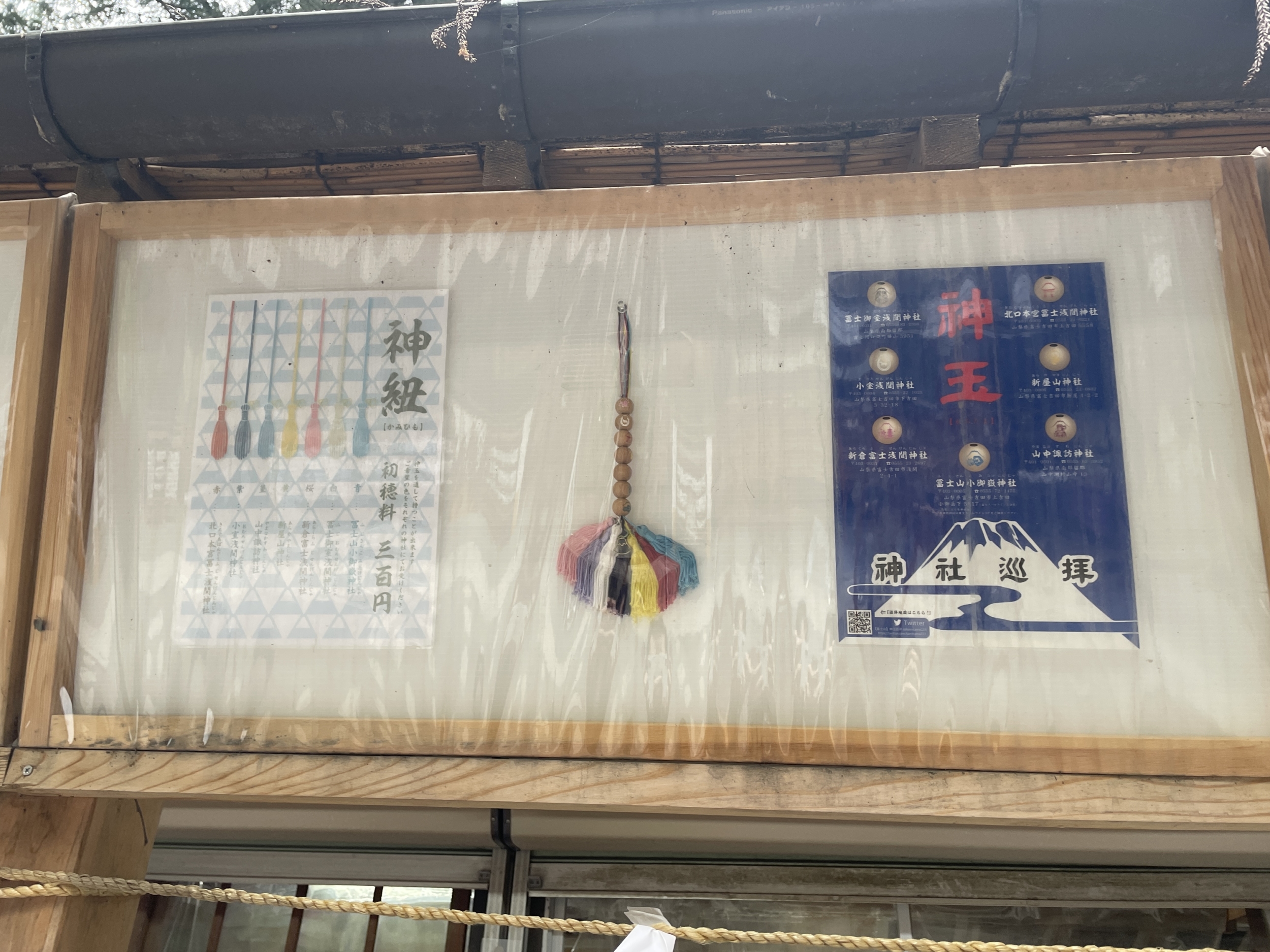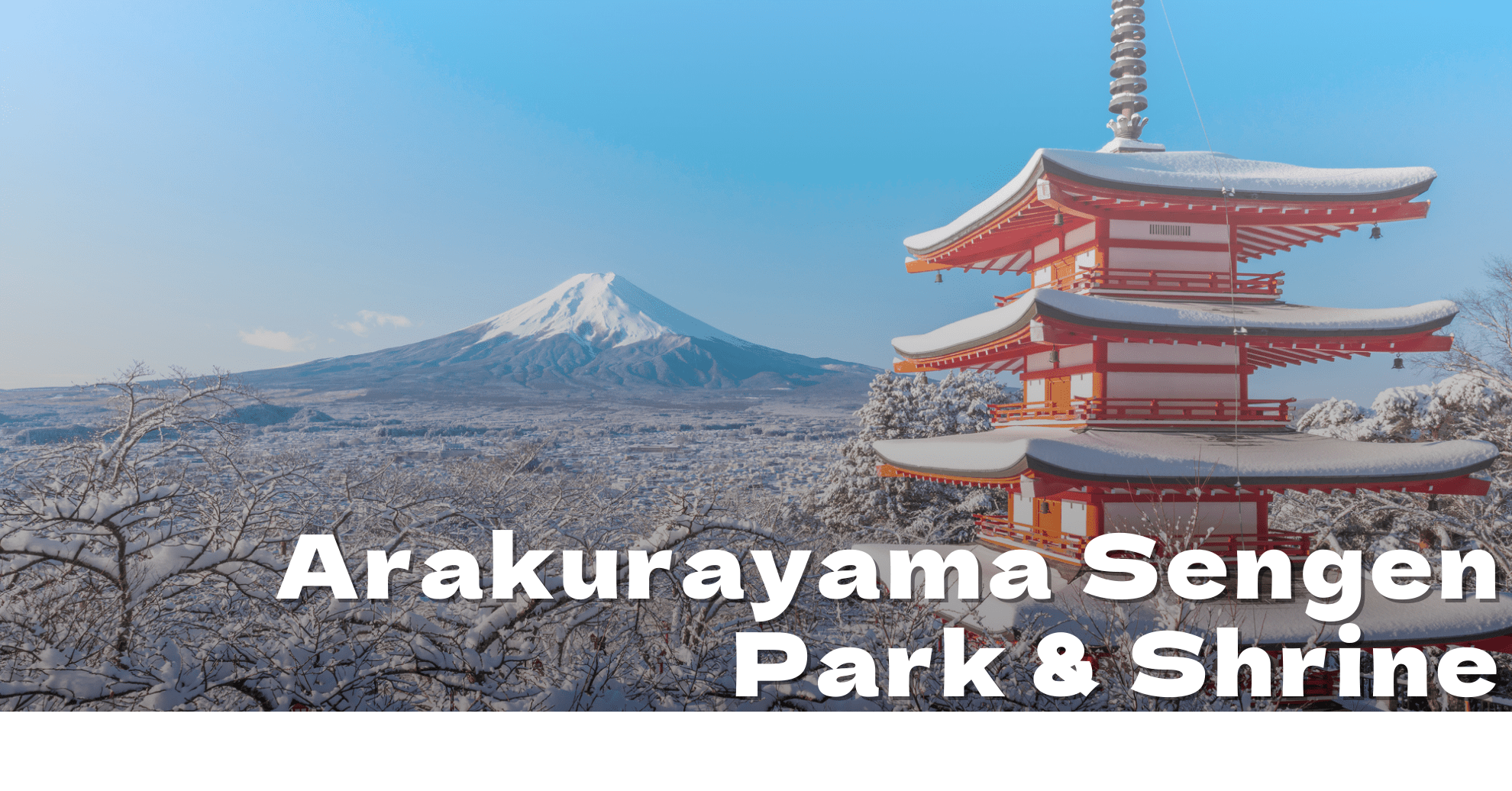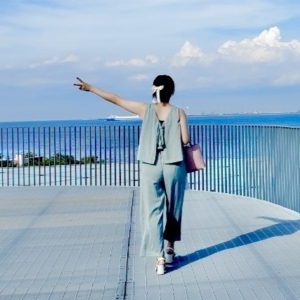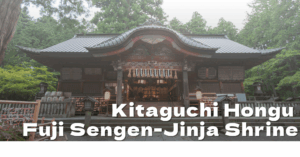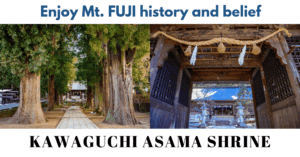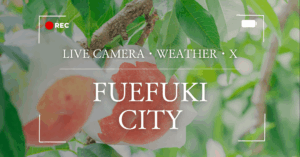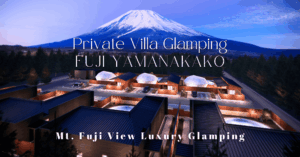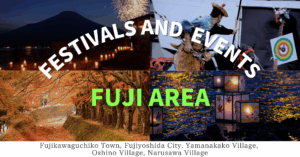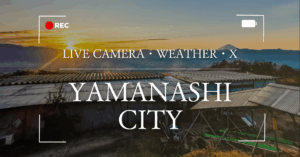Located halfway up Mt. Arakura, Arakurayama Sengen Park is a beloved scenic spot recognized by its striking red torii gate and the five-storied Chureito Pagoda, built as a memorial for fallen soldiers.
Its fame has grown worldwide thanks to breathtaking photos taken during the cherry blossom season that have gone viral on social media. Today, it is one of the most iconic viewpoints of Mt. Fuji, attracting visitors from across the globe.
Selected as one of the “100 Best Night Views of Japan”, the park offers spectacular scenery both day and night. Each season brings its own beauty:
- Spring: rows of cherry blossoms in full bloom
- Summer: lush greenery
- Autumn: vibrant red and orange foliage
- Winter: serene snow-covered landscapes
The panoramic view here is often described as the best place to see Mt. Fuji, and it has graced the covers of countless travel magazines and brochures.
In this guide, we’ll introduce the highlights and charms of both Arakurayama Sengen Park and the Arakura Fuji Sengen Shrine located within its grounds.
What Are Arakurayama Sengen Park and Arakura Fuji Sengen Shrine?
Pagoda, and Mt. Fuji together create breathtaking views throughout the year.
- In spring, the park is transformed by rows of cherry blossoms in full bloom.
- In summer, lush greenery brightens the mountainside.
- In autumn, fiery foliage paints the landscape.
- In winter, snow-covered scenery adds a quiet, timeless beauty.
Blending the beauty of Japan’s four seasons with deep historical significance, the park has become one of the most popular destinations for travelers from around the world.
Located within the park is the historic Arakura Fuji Sengen Shrine, founded on September 9, 705, as the guardian shrine of the local Arakura area.
During the Sengoku period, it is said that Takeda Nobutora, father of the famous warlord Takeda Shingen, prayed here for victory over the Hojo clan. After his triumph, he dedicated a sword to the shrine, cementing its legacy as a place of divine power.
Deities Enshrined
- Konohanasakuya-hime no Mikoto – the goddess of Mt. Fuji, safe childbirth, and fire protection
- Hikoho-no-Ninigi no Mikoto – her husband deity, symbolizing marital harmony
- Oyamazumi no Kami – her father and the god of all mountains
Today, the shrine is widely worshiped as a spiritual site for blessings of family harmony, safe childbirth, and child-rearing, continuing to attract visitors seeking both cultural depth and spiritual comfort.
Highlights of Arakurayama Sengen Park
Sakuya-hime Stairs
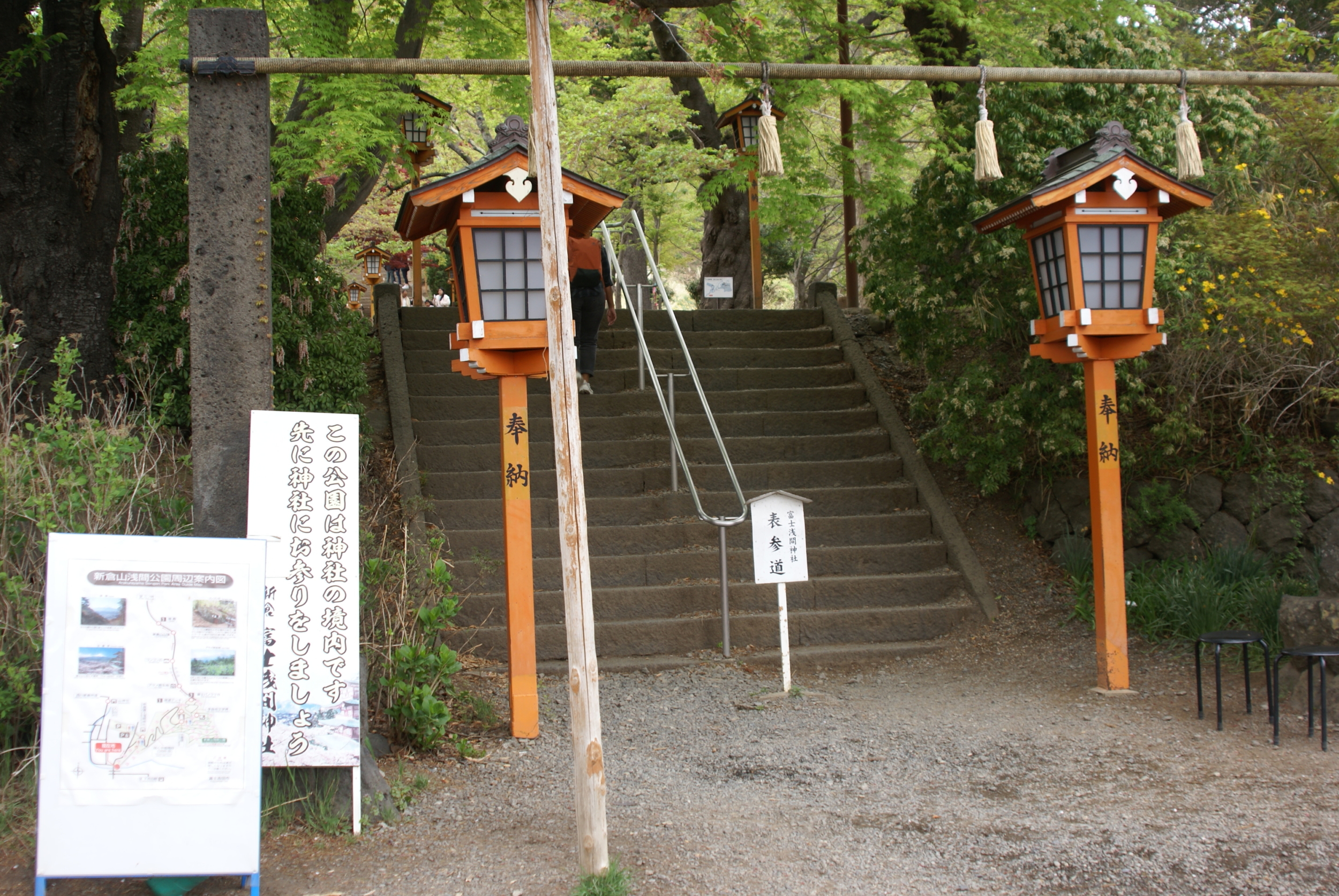
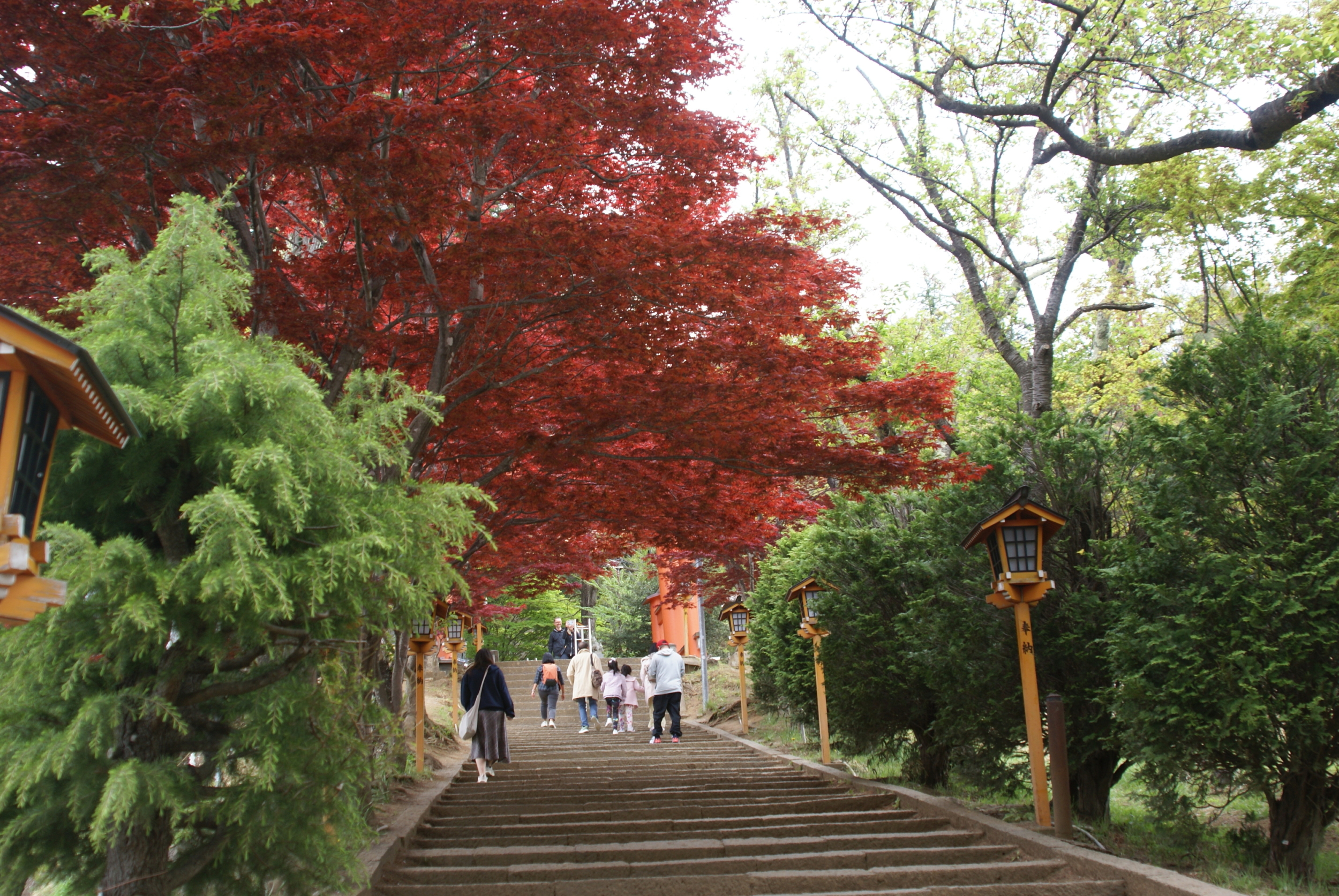
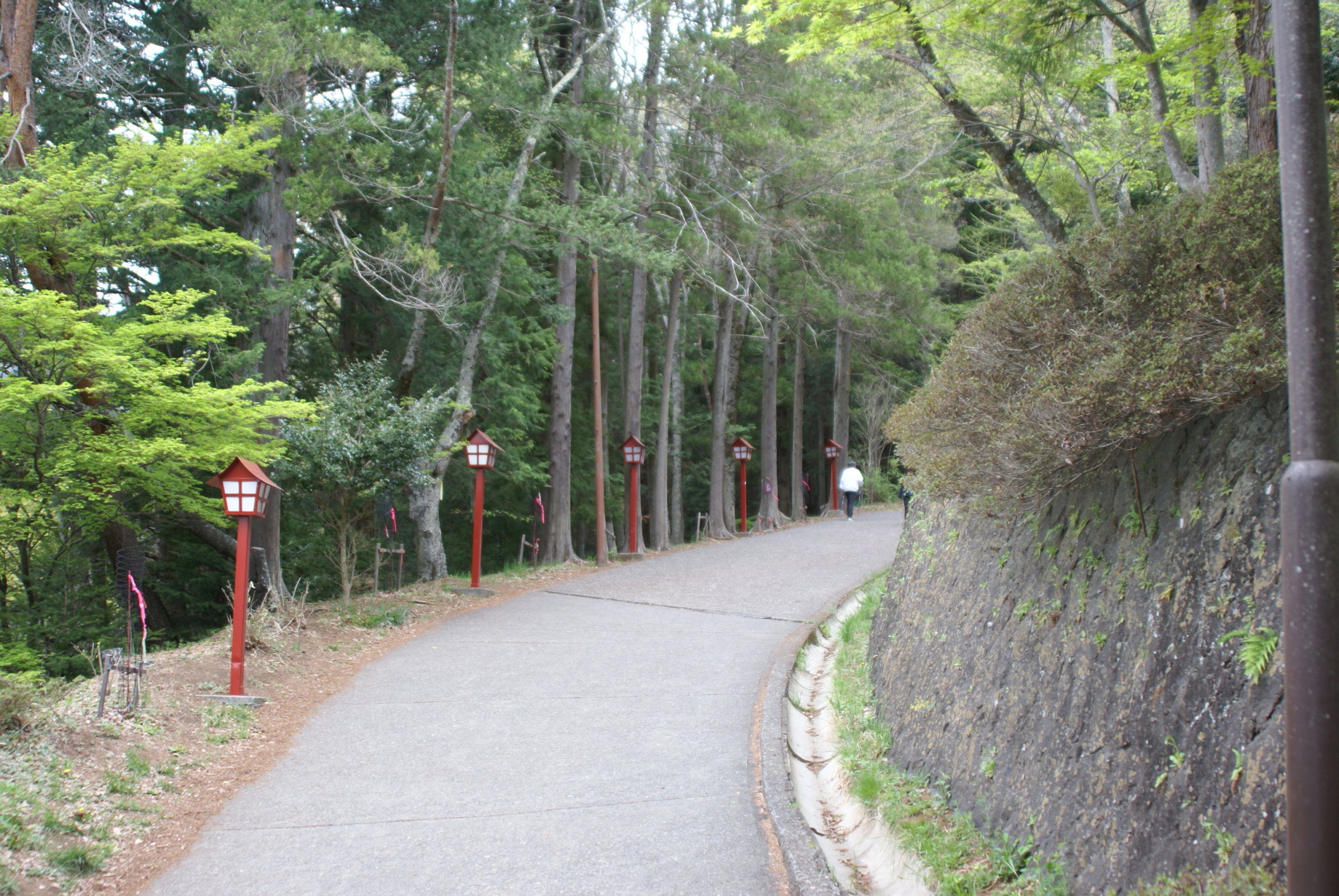
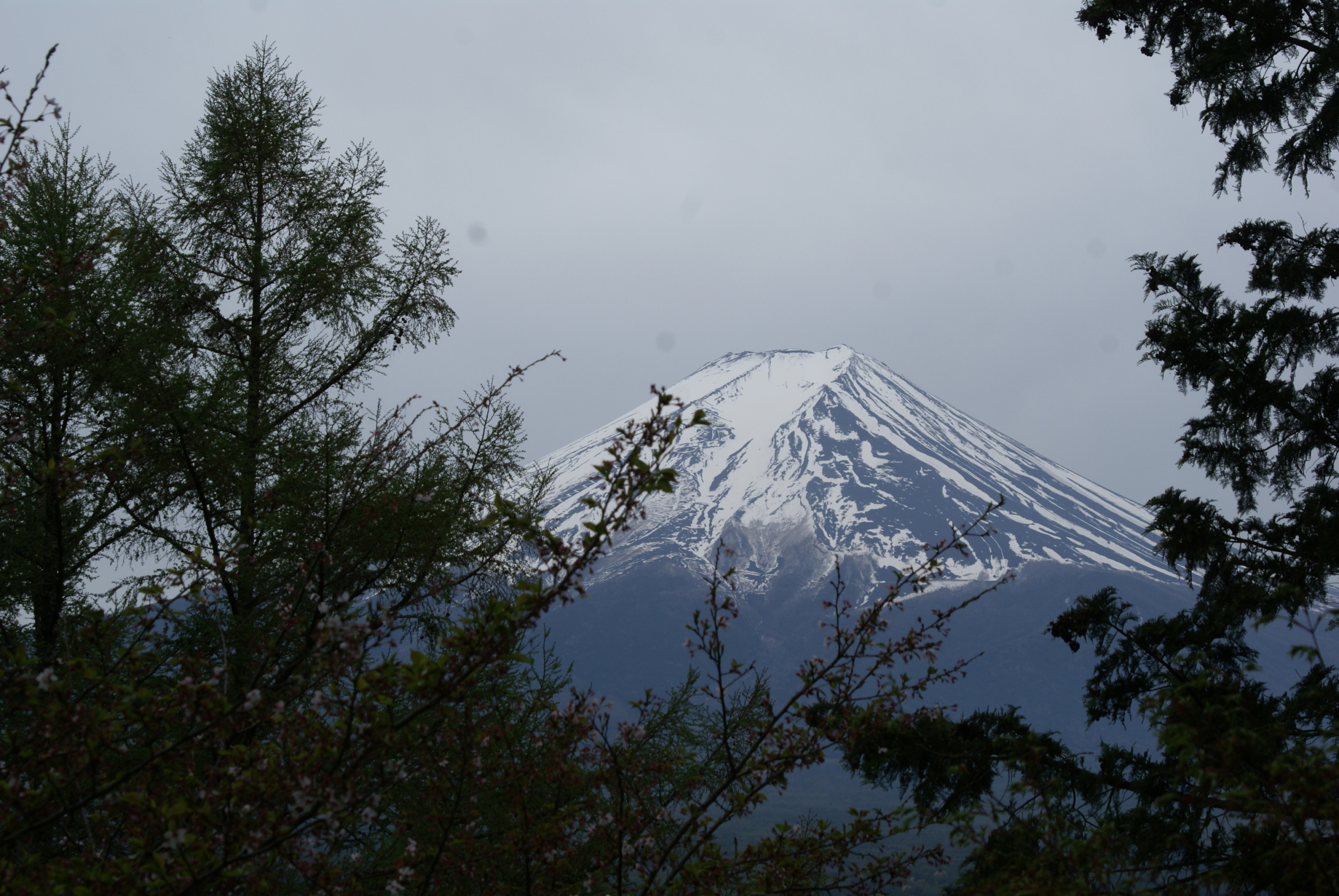
The Sakuya-hime Stairs connect directly from the grounds of Arakura Fuji Sengen Shrine to the hillside of Mt. Arakura, where the iconic Chureito Pagoda stands. This stairway consists of 398 steps, a number chosen to reference both the pronunciation “sakuya” (398) and the enshrined deity Konohanasakuya-hime no Mikoto. It takes about 10 minutes to climb.
For those who may have difficulty with stairs or prefer a gentler path, there is also a slope trail (walking path). This alternative route takes about 15 minutes and offers a clear, unobstructed view of Mt. Fuji through the trees.
In spring, the path is lined with around 650 cherry blossom trees, while in autumn, the brilliant red foliage creates a picturesque setting for a leisurely walk.
Chureito Pagoda
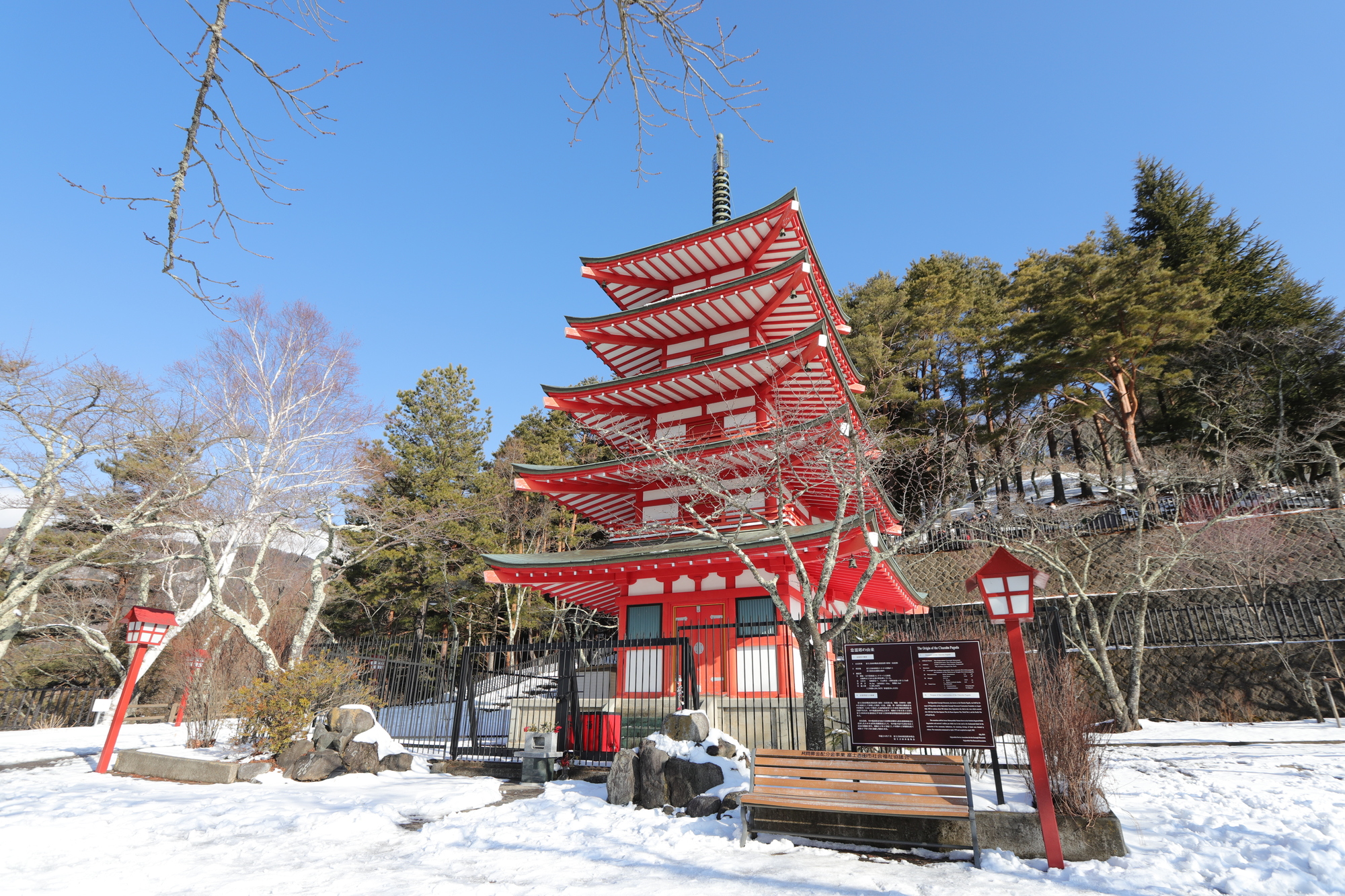
The Chureito Pagoda, officially named the Fujiyoshida Cenotaph Monument, was built to honor the war dead from Fujiyoshida City who perished in the First Sino-Japanese War, Russo-Japanese War, World War I, and the Pacific War.
Its design is modeled after the historic five-storied pagoda of Shitenno-ji Temple in Osaka, originally built in 593 by Prince Shōtoku.
What does a five-storied pagoda symbolize?
A five-storied pagoda is a form of Buddhist stupa, a structure originally built in India to house the Buddha’s relics. The Japanese version symbolizes the link between heaven and earth, representing the path of the departed.
Each tier corresponds to one of the five elements of Buddhist cosmology:
Earth
Water
Fire
Wind
Sky
Together, they express the Buddhist concept of the universe known as Godai (Five Great Elements).
Japan’s oldest five-storied pagoda is at Horyu-ji Temple in Nara, recognized as the world’s oldest surviving wooden structure.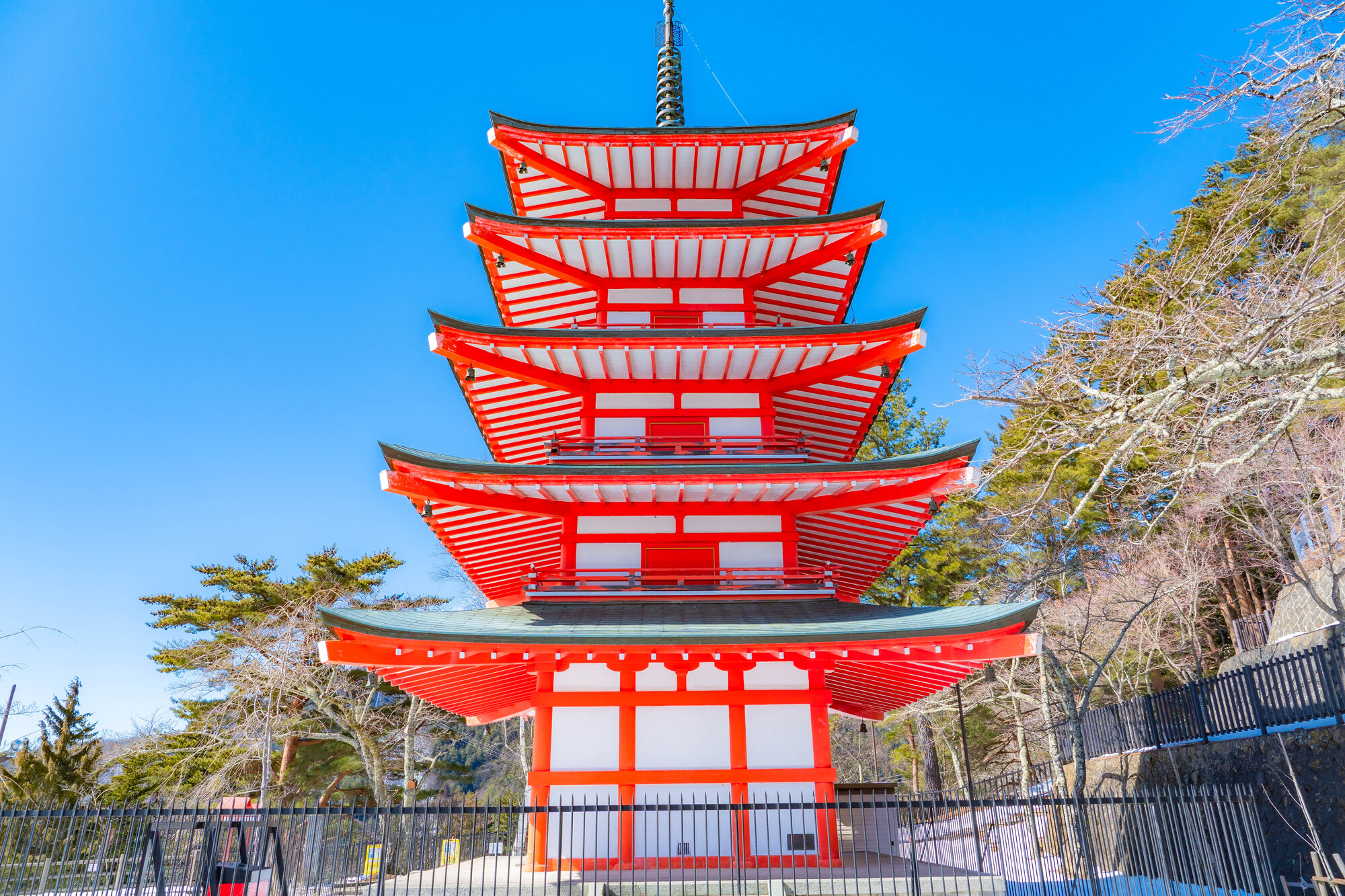
Observation Deck
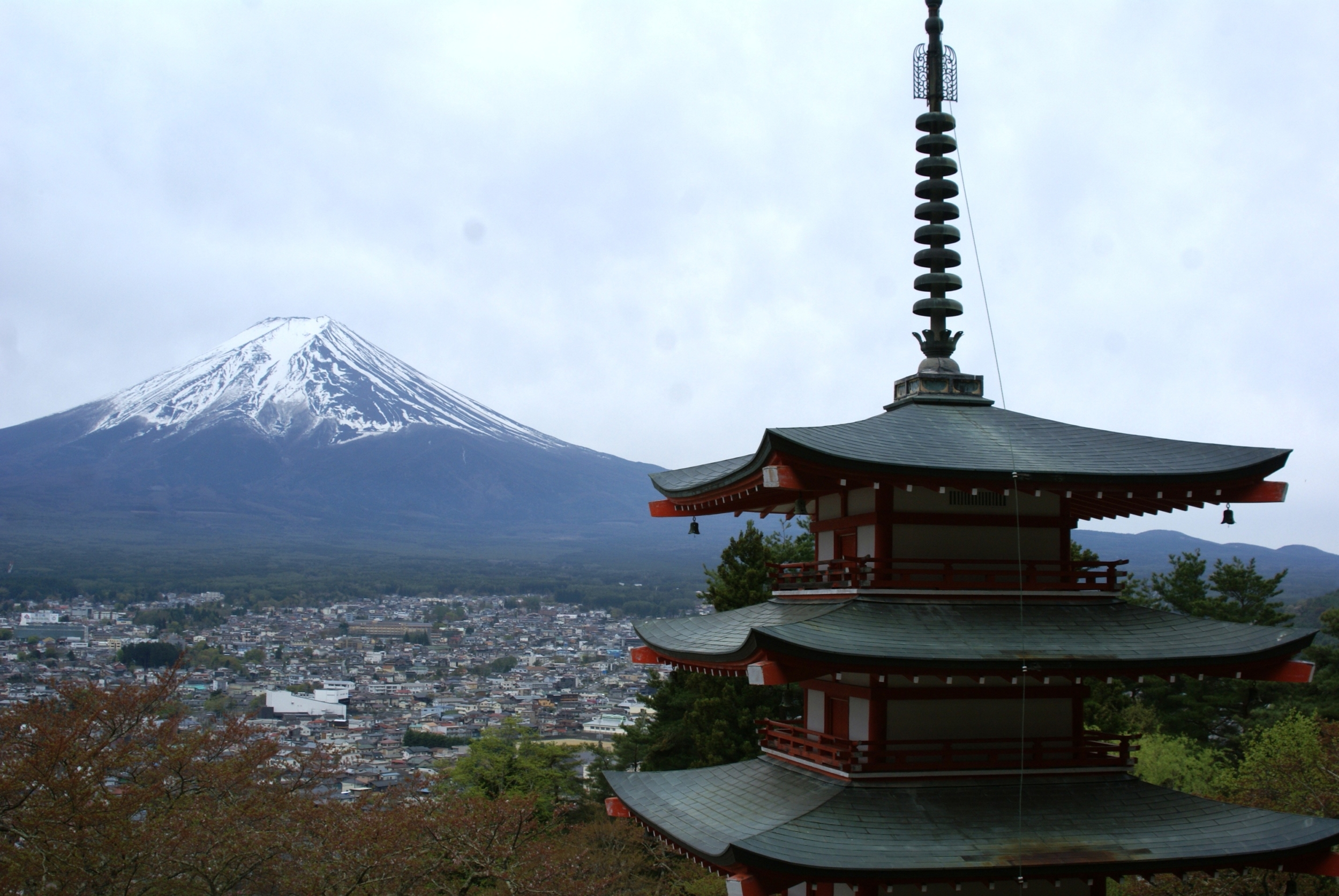
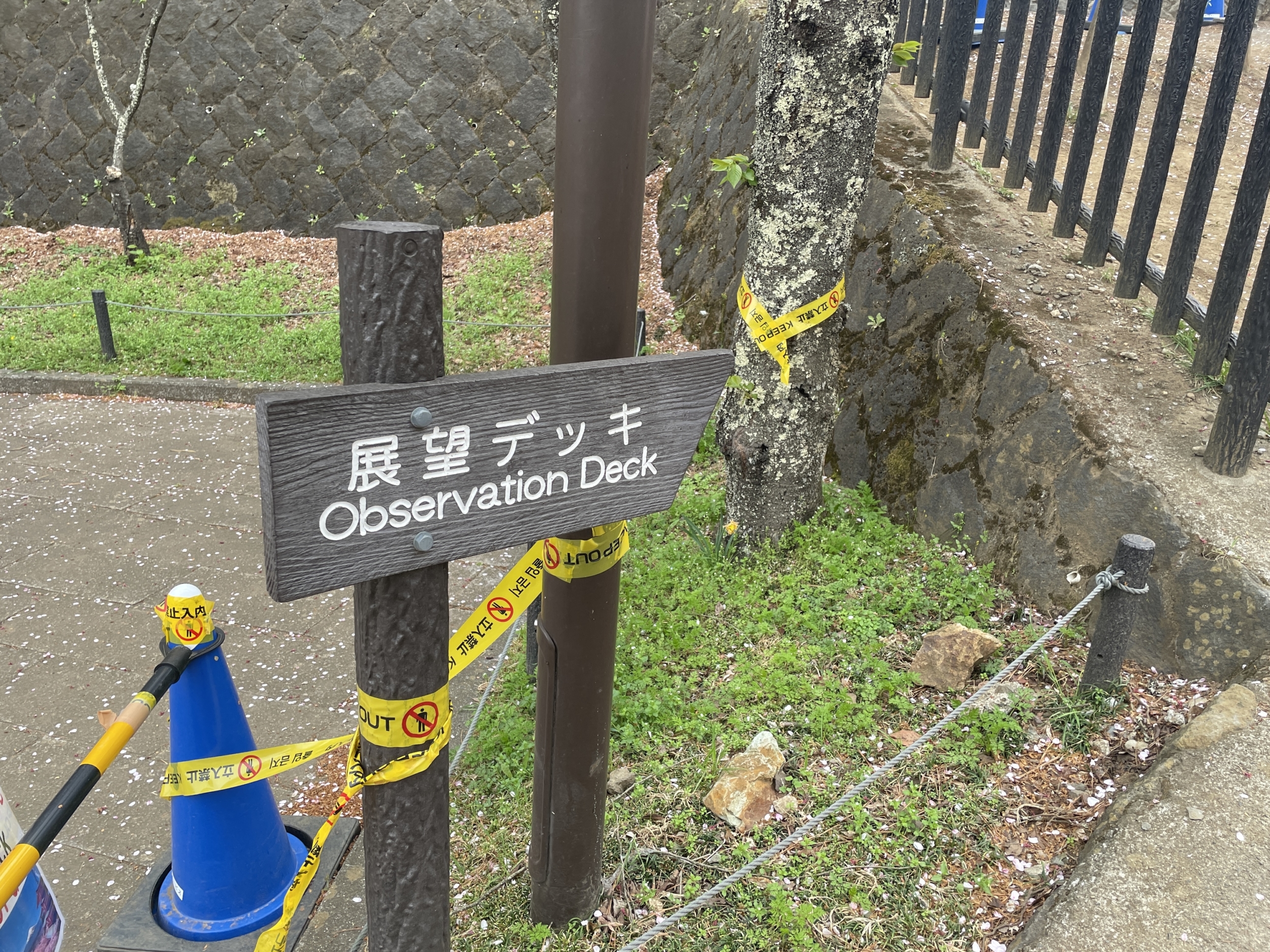
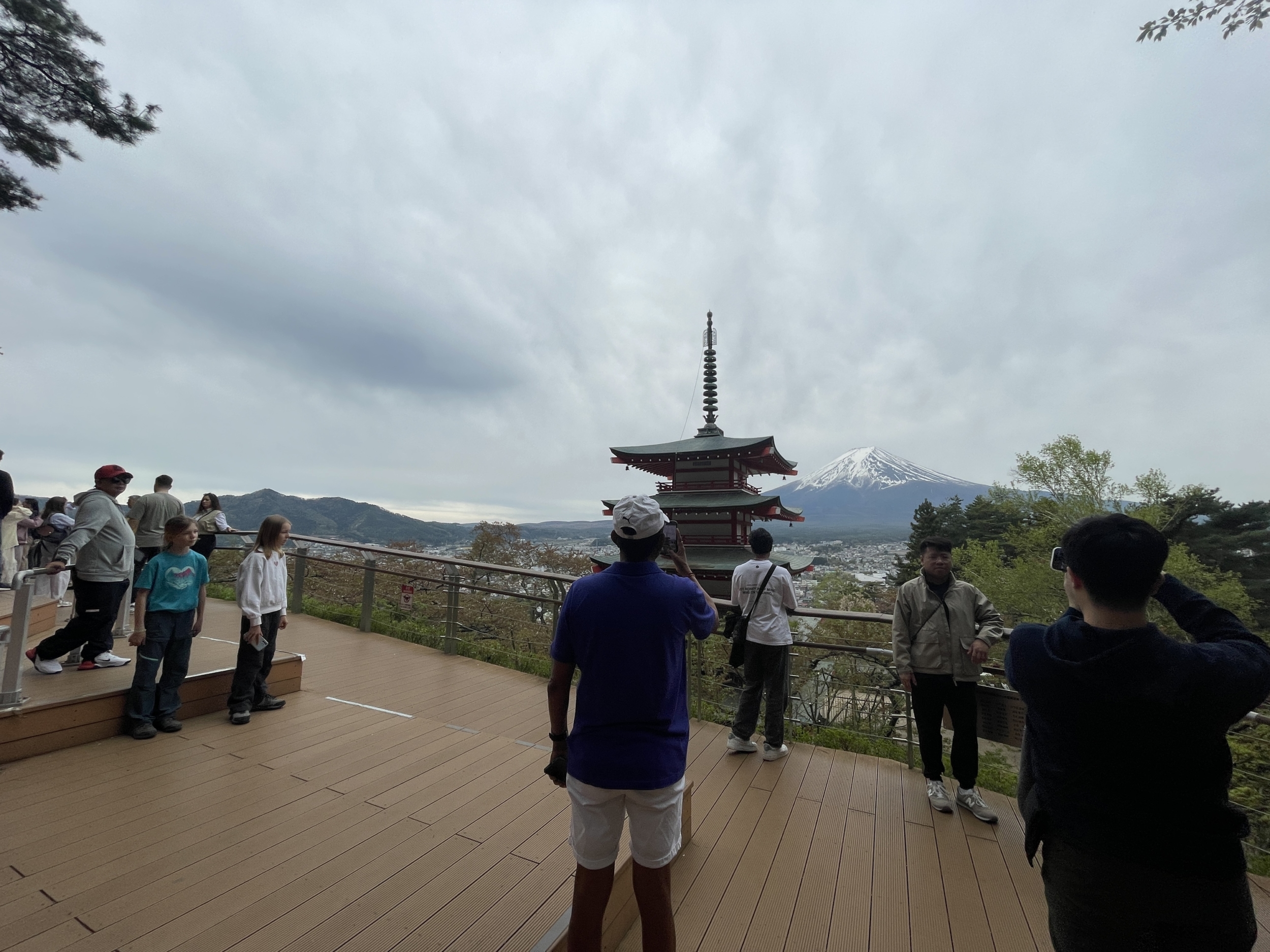
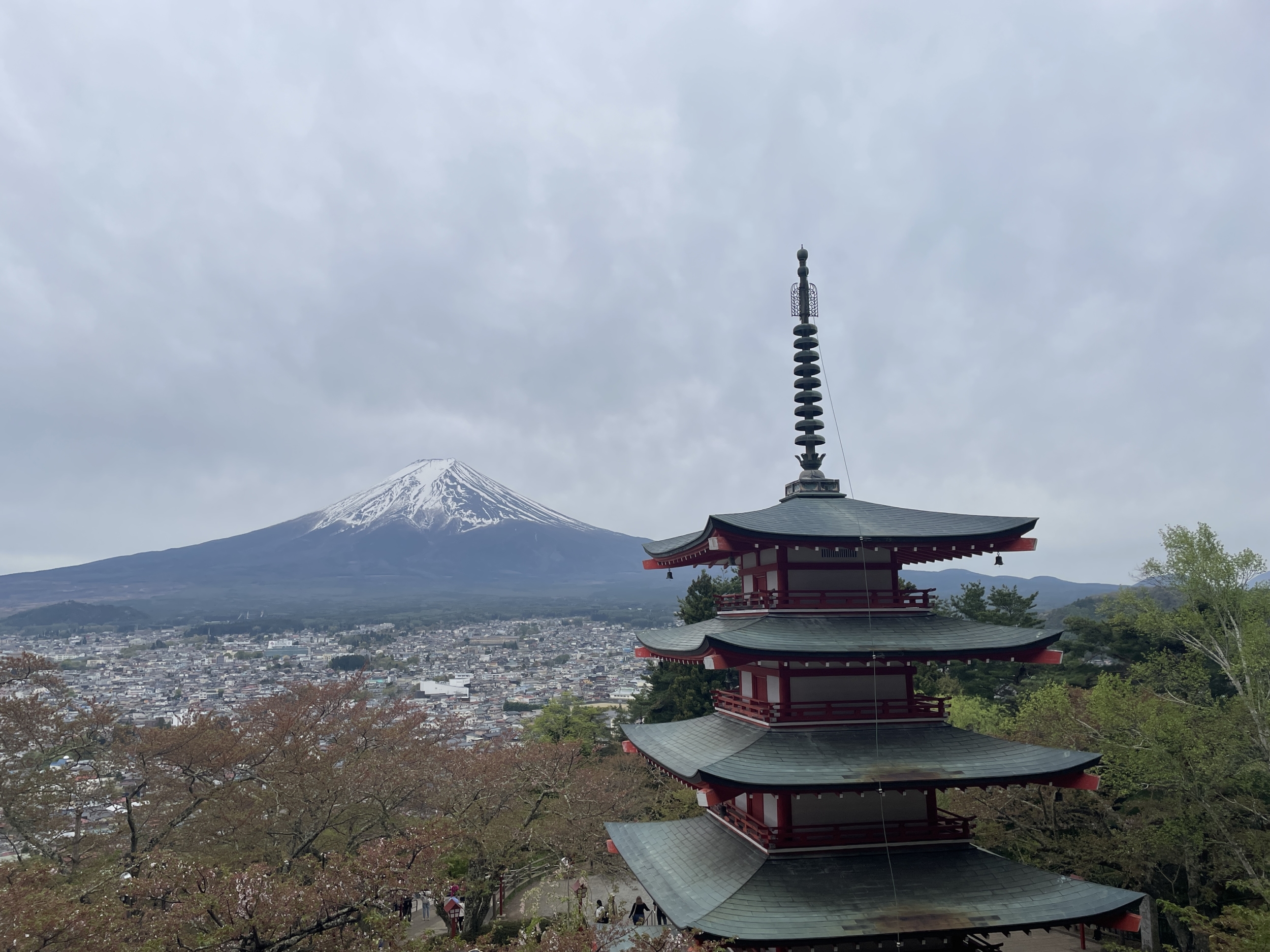
This is the spot featured on the cover of the Michelin Green Guide Japan and widely shared on social media as one of Japan’s most iconic views. From here, you can see the historic townscape of Fujiyoshida framed by the perfectly symmetrical slopes of Mt. Fuji.
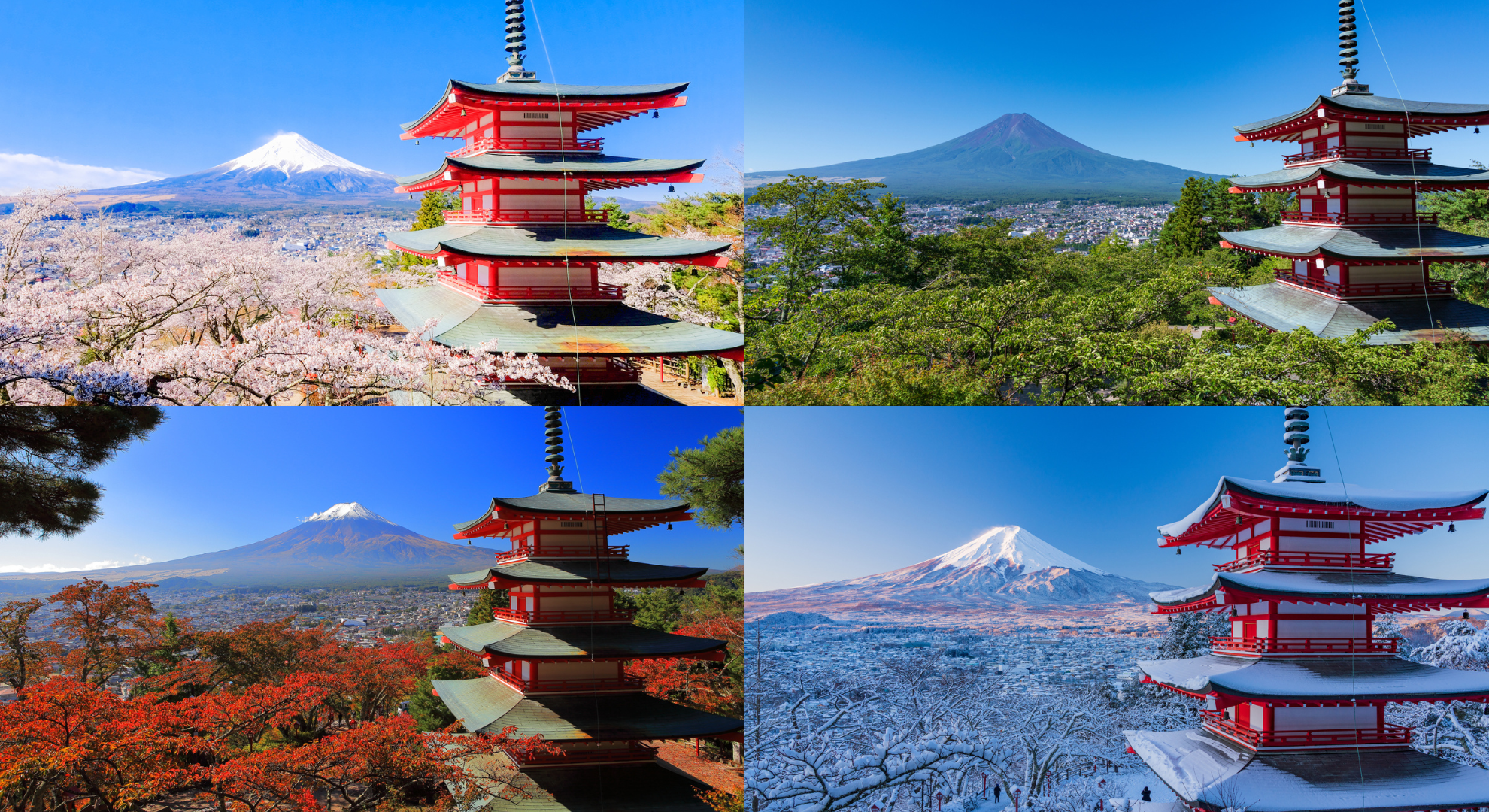
- Spring: Cherry blossoms in full bloom with snow still crowning Mt. Fuji’s peak
- Summer: Vibrant green foliage contrasted against the mountain’s imposing form
- Autumn: A harmony of fiery autumn leaves and the quiet dignity of Mt. Fuji
- Winter: Crystal-clear skies and the mountain cloaked in pure white snow
For those who wish to go higher, the Fuji Panorama Deck above the observation platform offers even more sweeping views of Mt. Fuji on clear days.
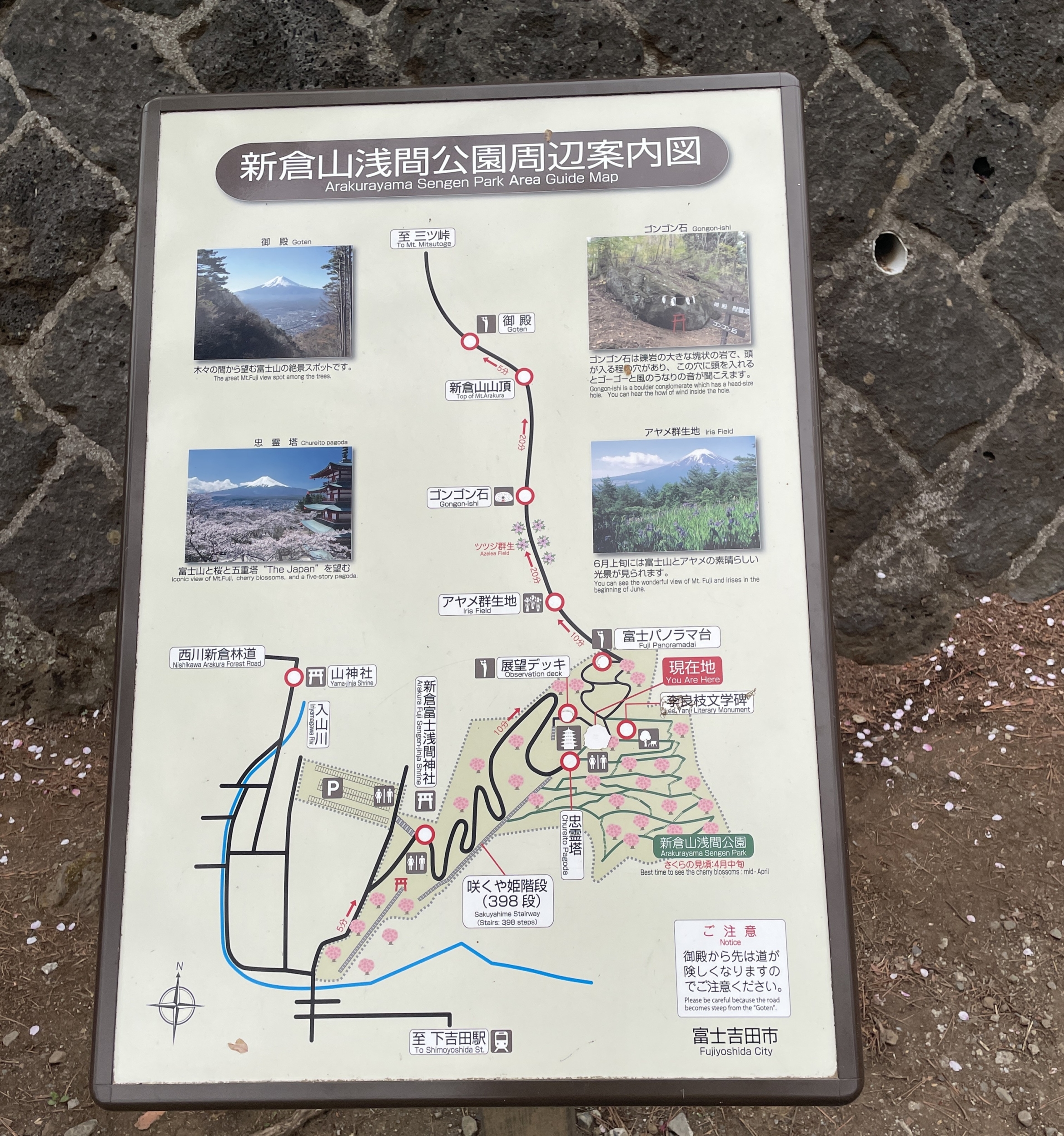
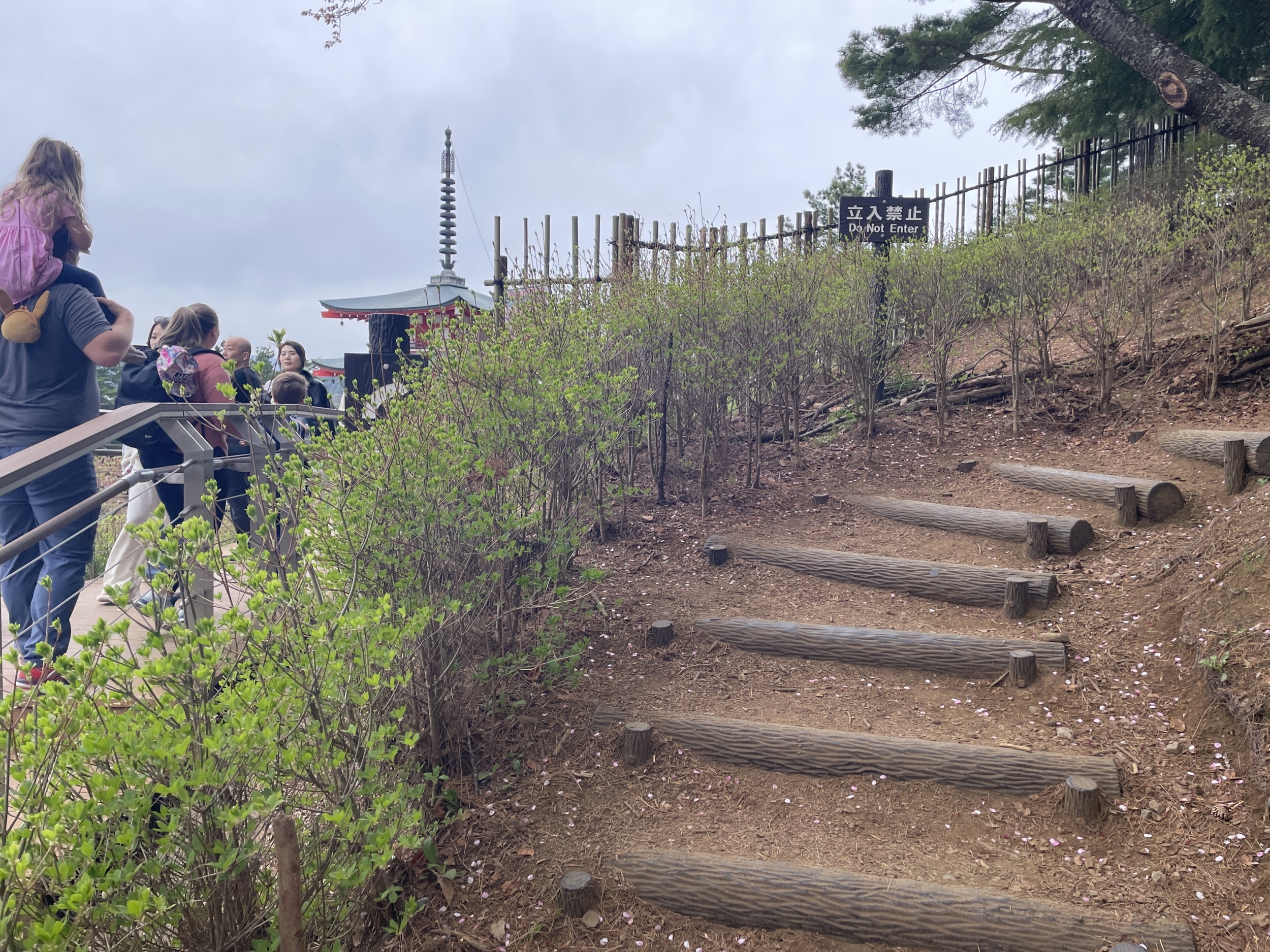
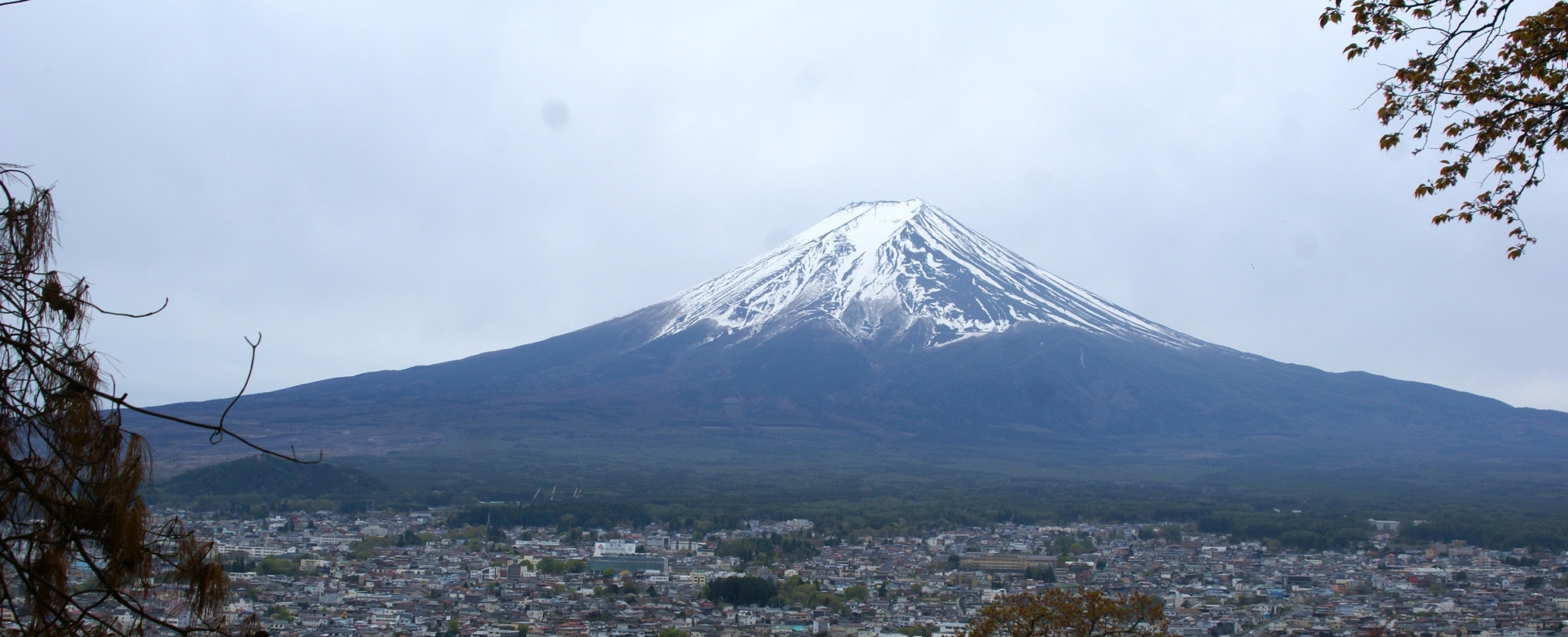
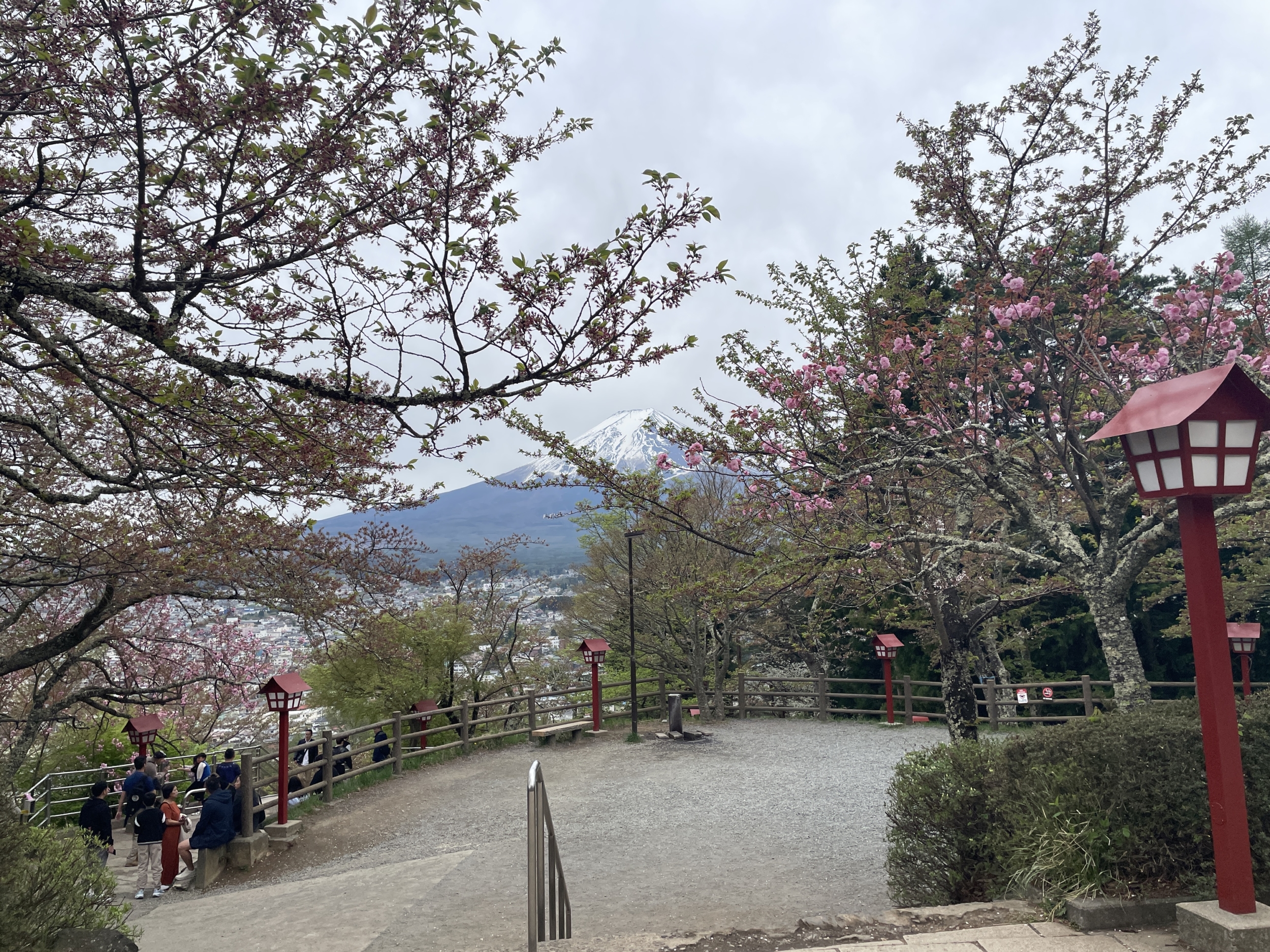
Highlights of Arakura Fuji Sengen Shrine
The Torii Gate
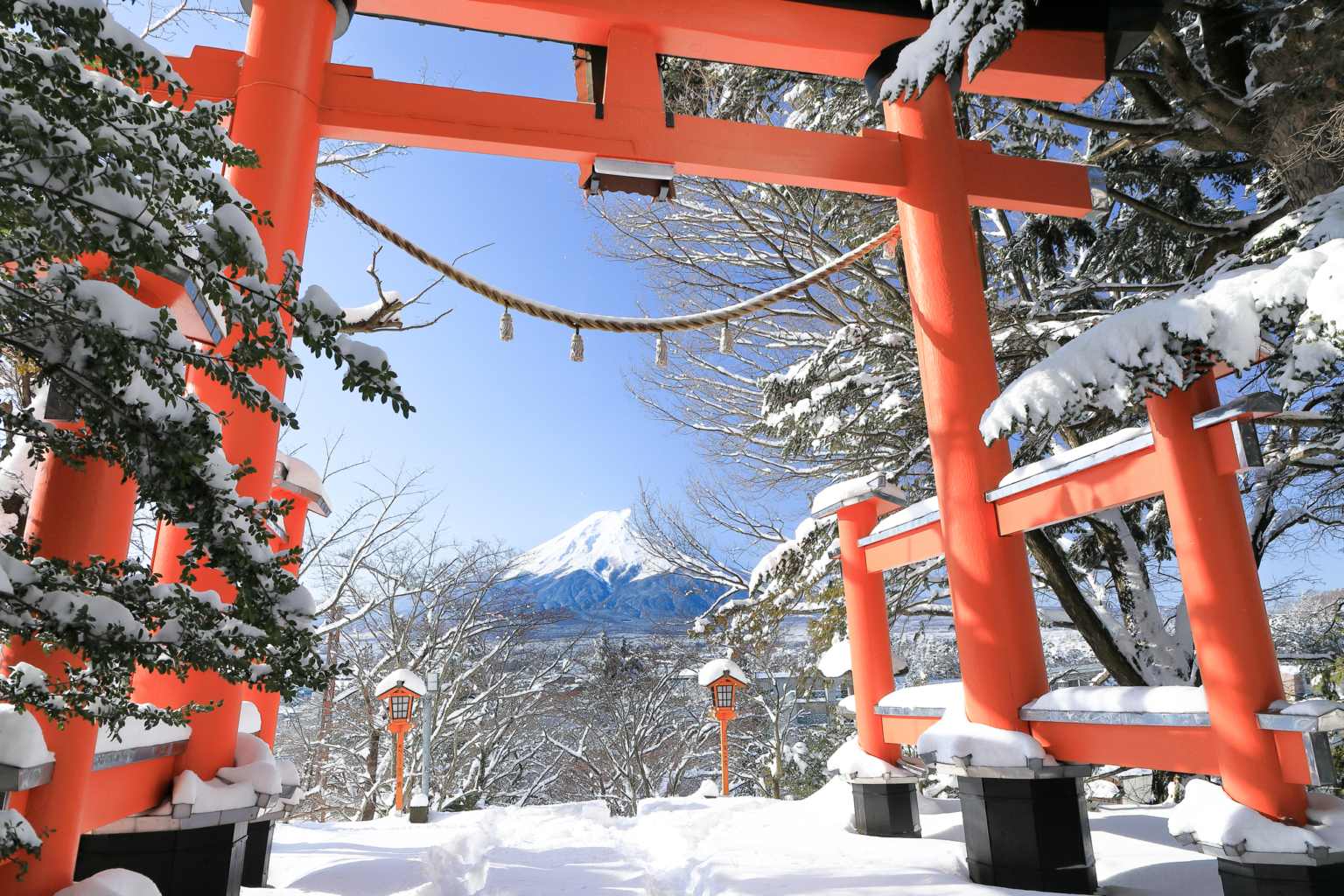
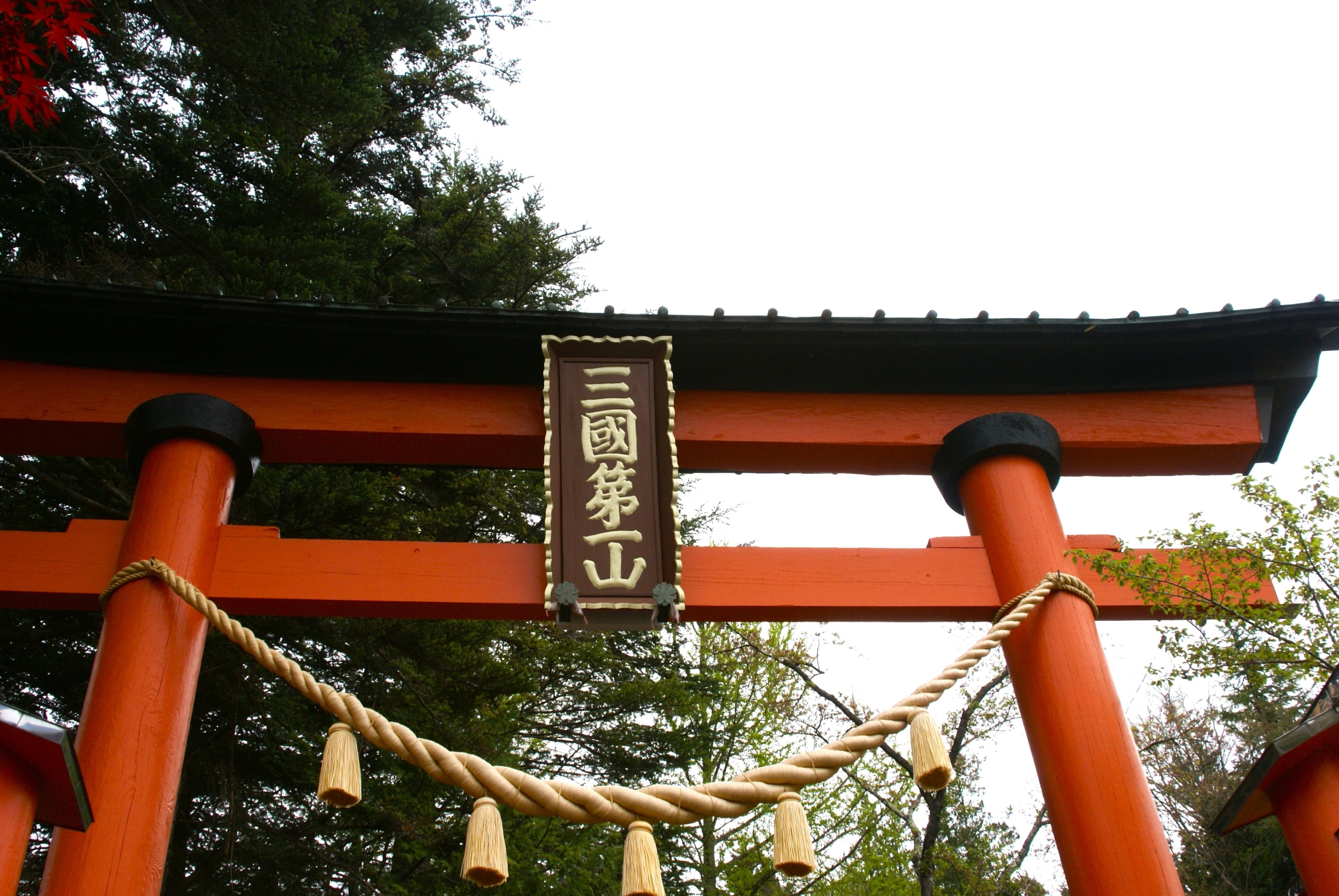
Walking through the main approach, you’ll arrive at the shrine’s entrance marked by a vivid torii gate. While visitors can admire Mt. Fuji in all its seasonal beauty—such as the crimson-tinted “Red Fuji” at sunrise—the gate also holds deep historical value.
Hanging proudly in the center is an imperial plaque reading “Sangoku Daiichisan” (The Greatest Mountain of the Three Lands), presented during the reign of Emperor Heizei after the great eruption of Mt. Fuji in 807. The term Sangoku refers to India, China, and Japan, which in ancient times symbolized the entire world. The inscription proclaims Mt. Fuji as the world’s supreme mountain.
When you pass beneath the gate, don’t miss this significant imperial calligraphy that connects history, faith, and Mt. Fuji’s grandeur.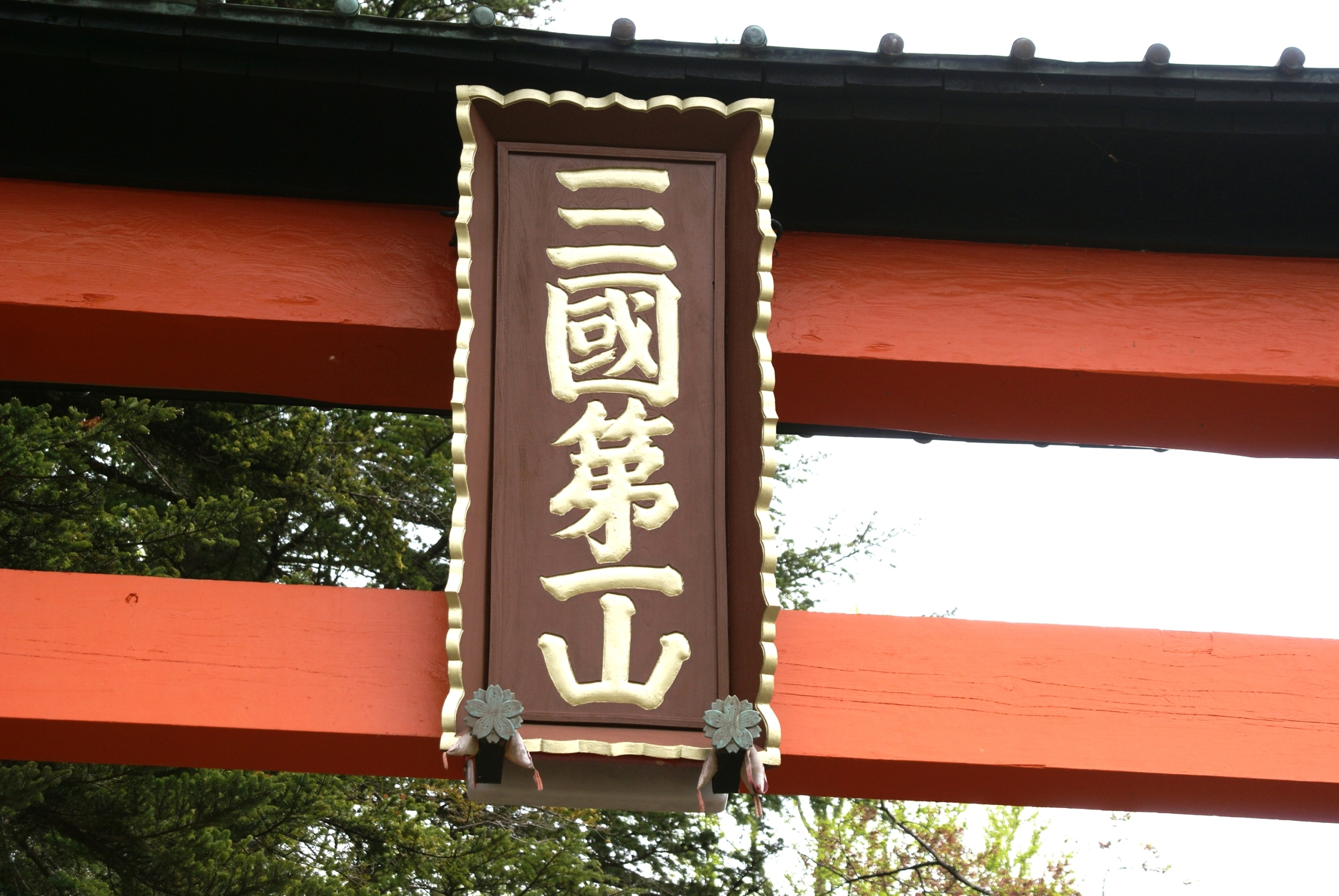
The Kosodate Shinboku (Child-Rearing Sacred Tree)
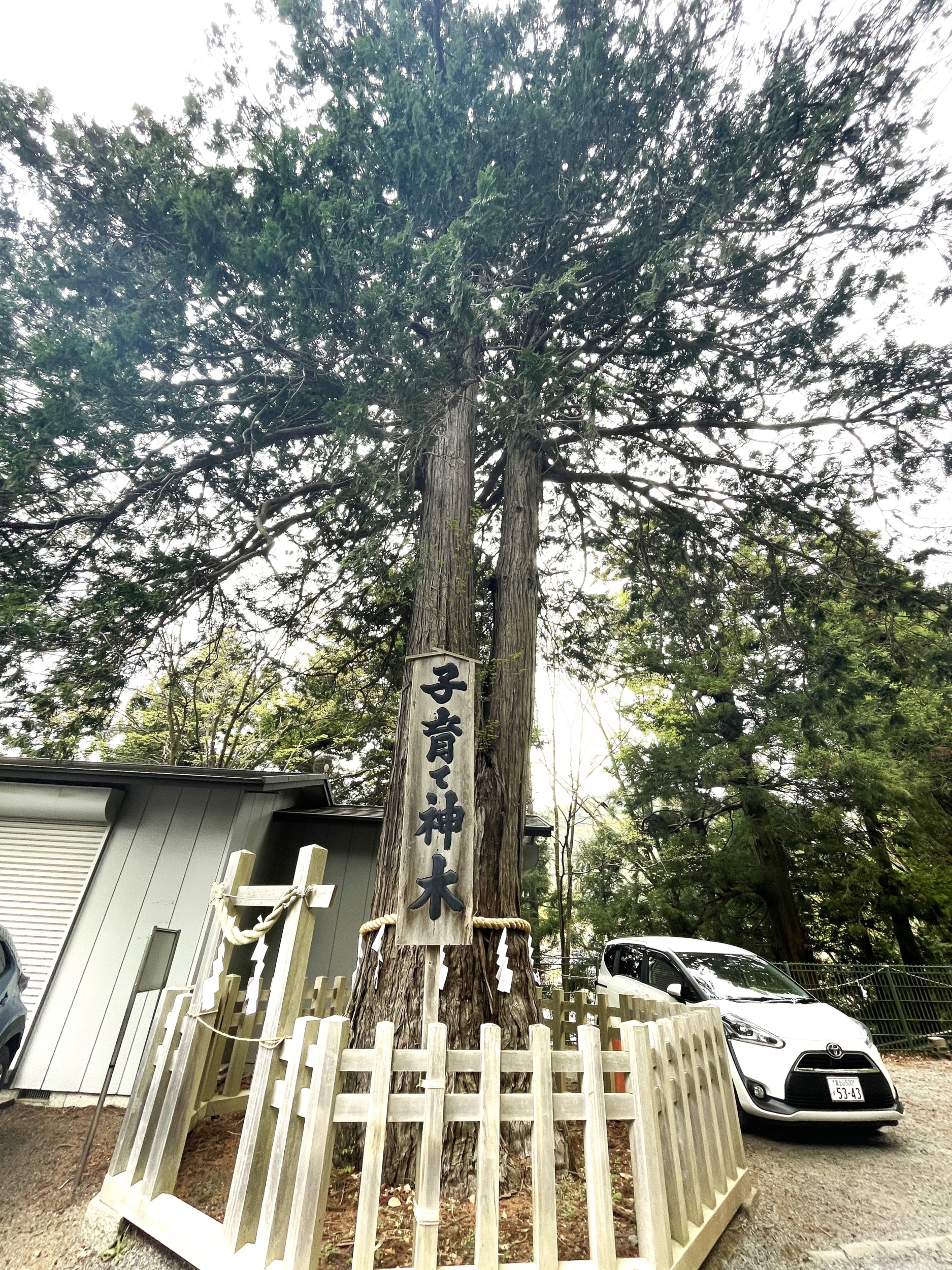
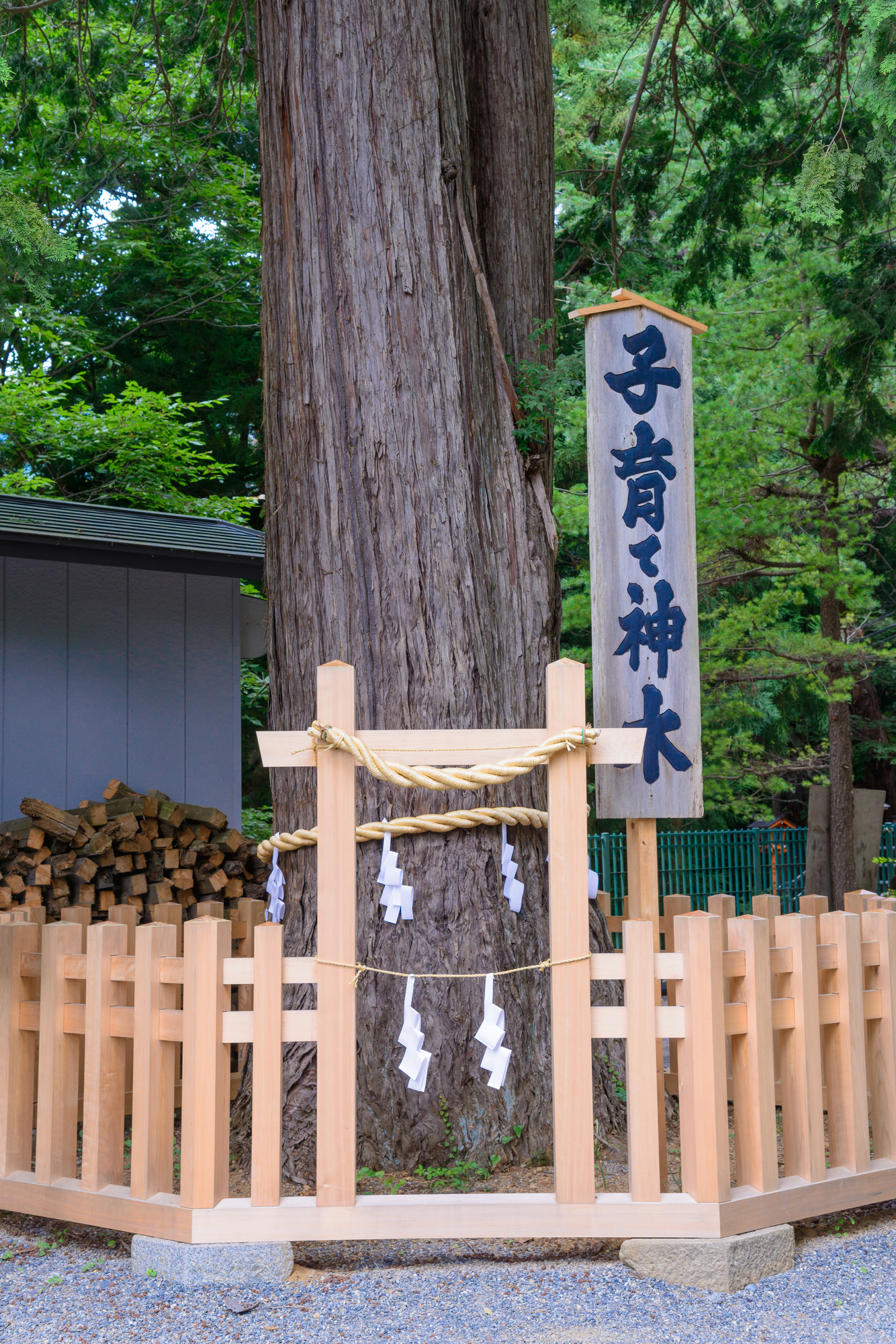
Standing over 25 meters tall, this giant cedar has a young cedar tree growing from the branching point of its trunk. This rare phenomenon gave it the name Kosodate Shinboku, meaning “Child-Rearing Sacred Tree.”
It is believed to bless prayers for safe childbirth, healthy growth of children, and family happiness, making it especially meaningful for expectant mothers and families.
The Honden (Main Hall)
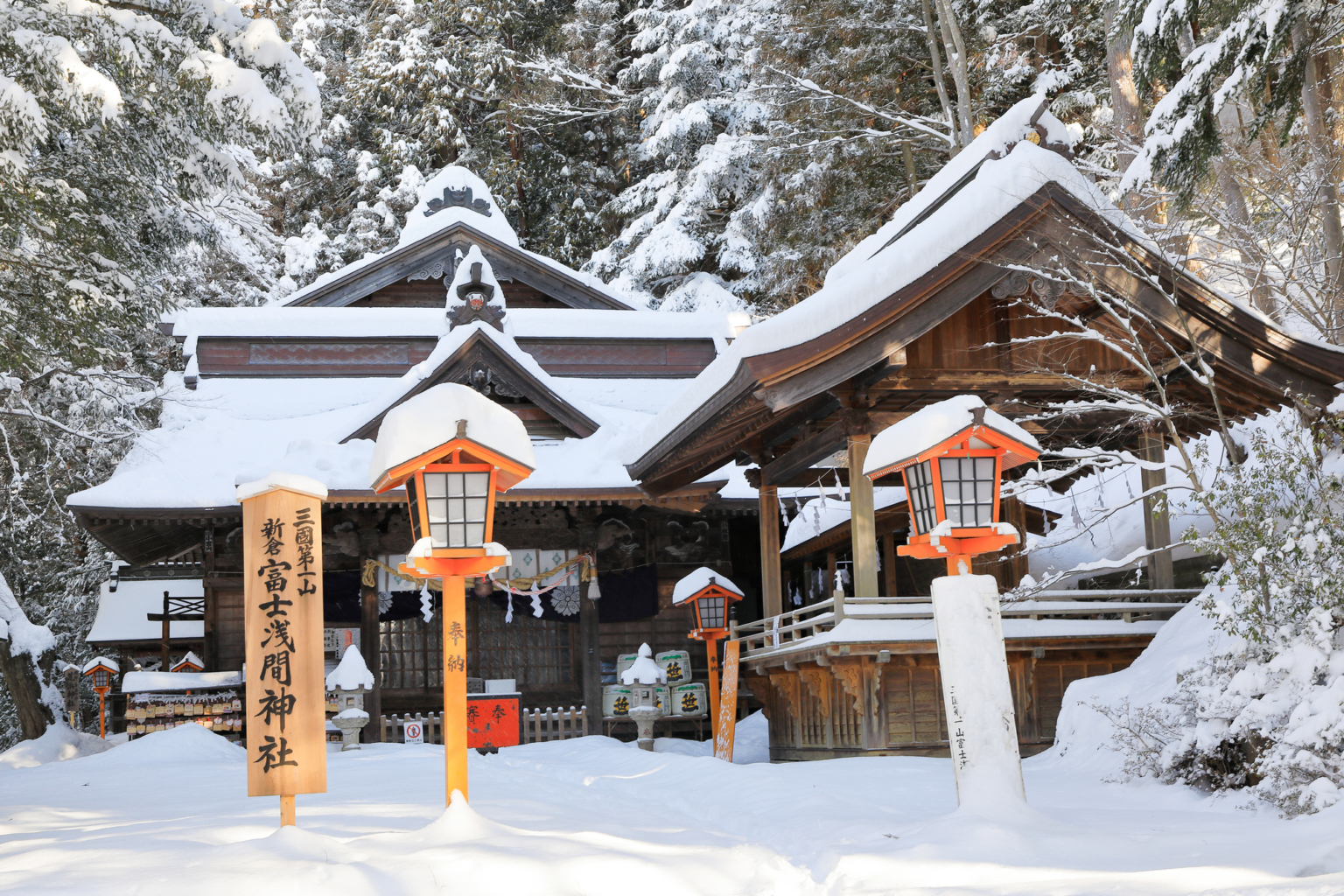
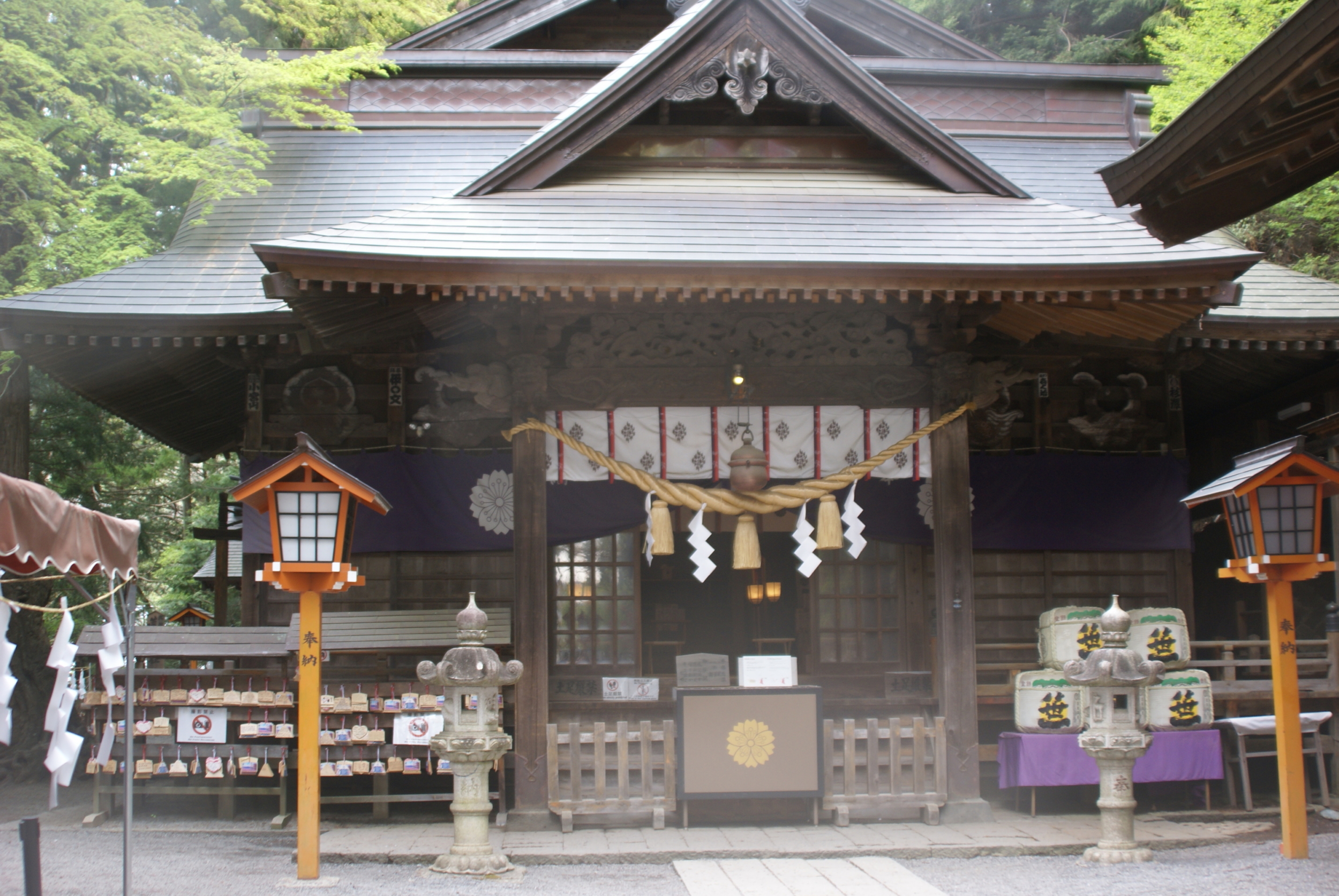
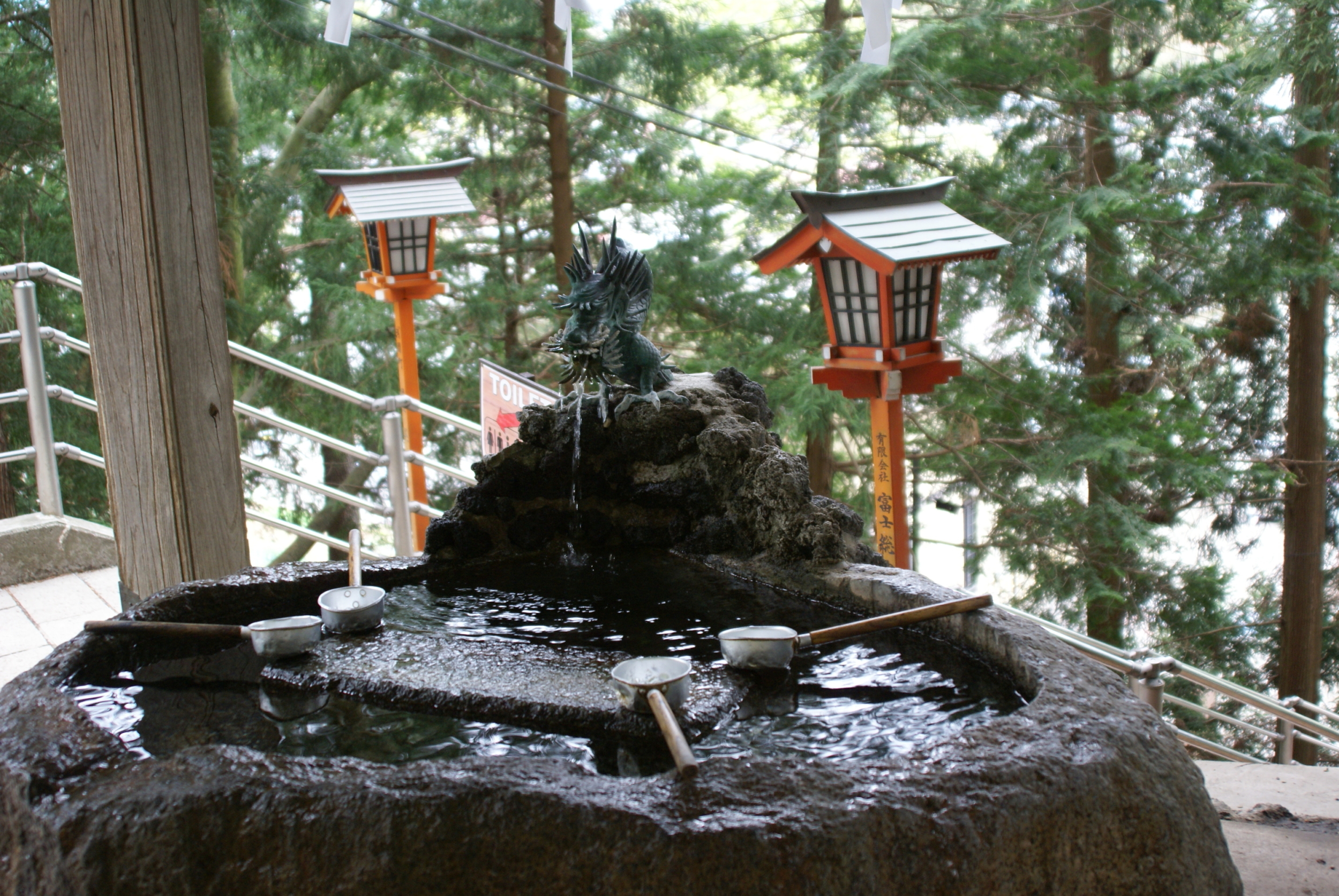
After purification at the chōzuya (water pavilion) and passing the kaguraden (sacred dance stage), you will find the shrine’s Honden (Main Hall). The original structure was lost in a great fire during the Edo period, and the current hall was later rebuilt.
A highlight is the oni-gawara (decorated roof tiles with demon faces), rare protective features that ward off evil. These painted tiles are among the oldest surviving artifacts within the grounds and are considered especially valuable.
Goshuin, Goshuincho, Omikuji, and Omamori
Goshuin (shrine seal stamps): Available from 300 yen, with variations such as the standard design, monthly versions, and those featuring Mt. Fuji illustrations. Since they are provided in pre-written form, even visitors without a seal book can take one home.
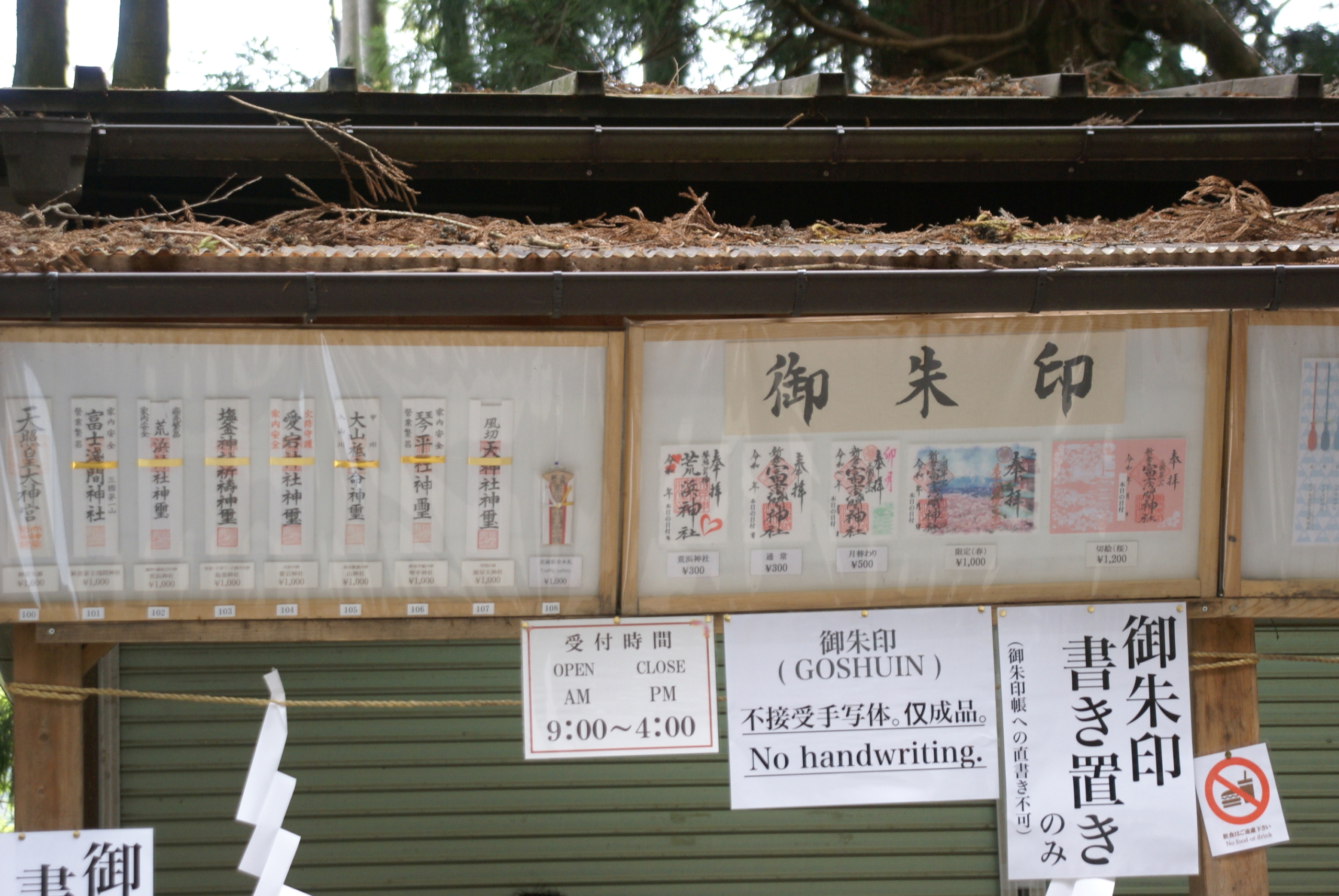
Goshuincho (seal book): 2,000 yen. The front cover features the shrine’s torii and cherry blossoms, while the back depicts Mt. Fuji, cherry blossoms, and the five-storied Chureito Pagoda—a deeply symbolic design.
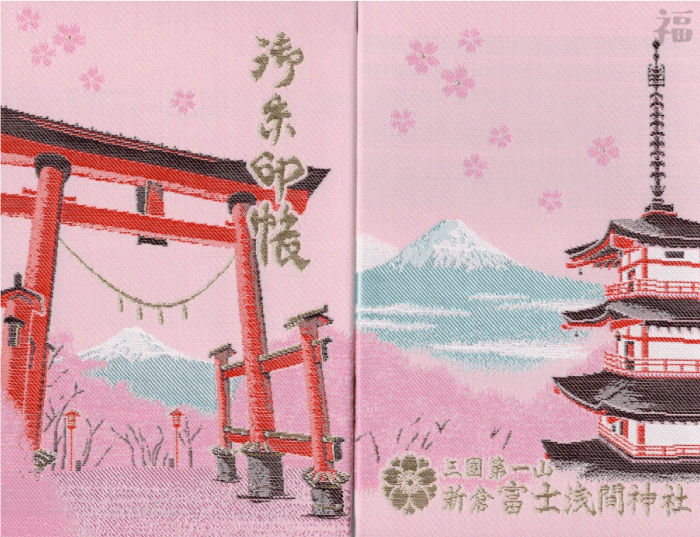
Omikuji (fortune slips) also come in unique styles, including charms or original stickers for good luck, starting from 300 yen.
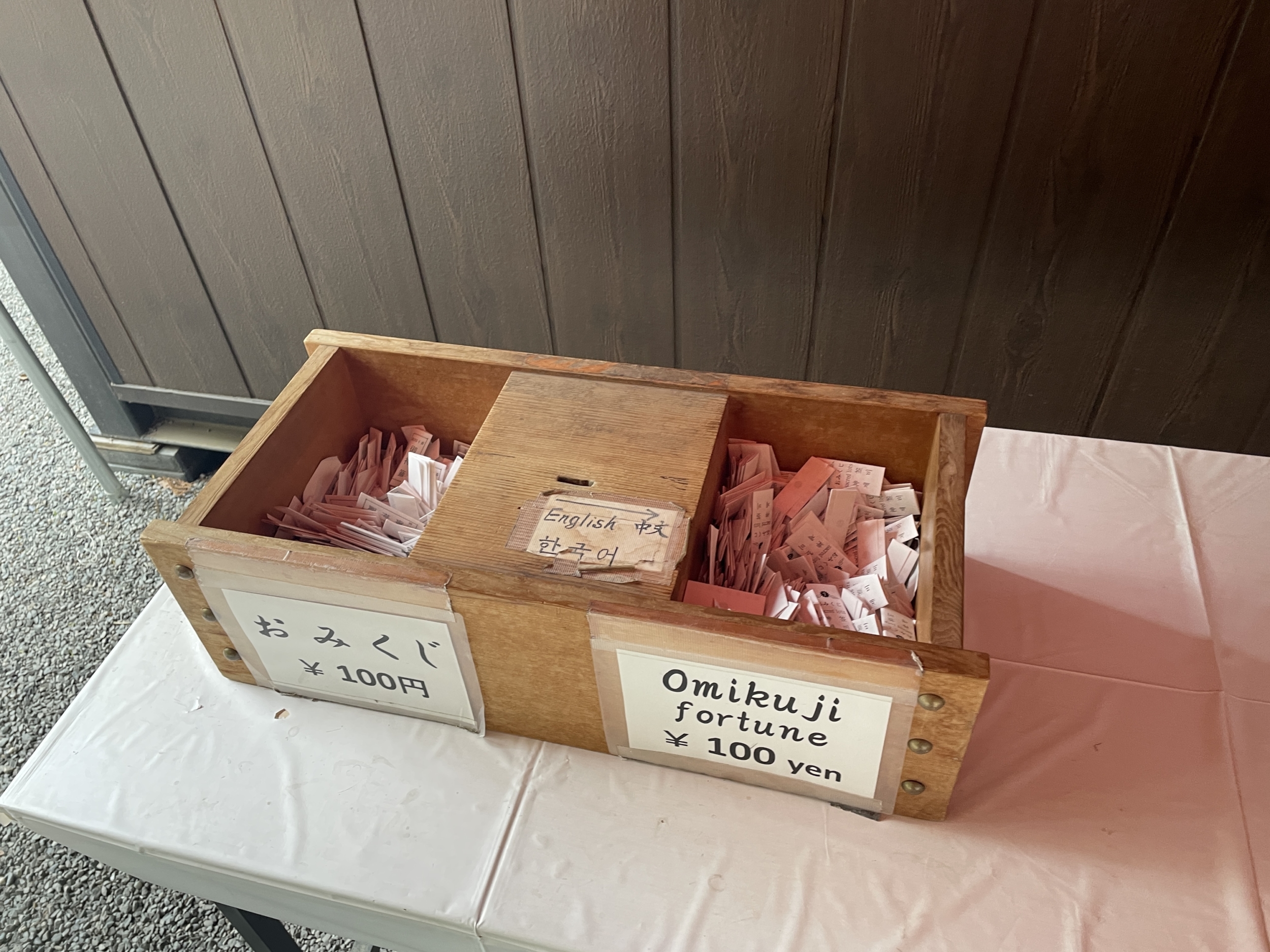
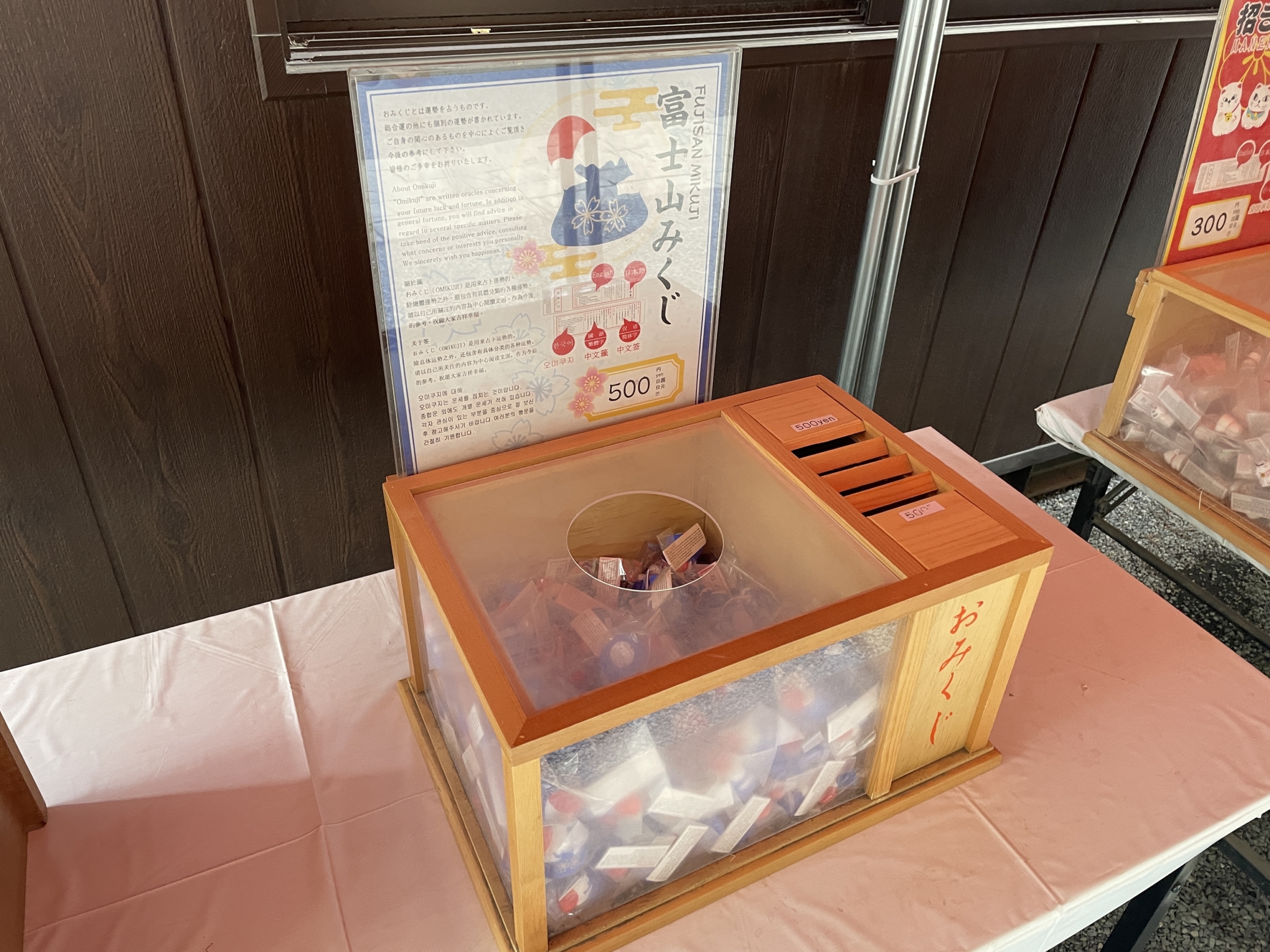
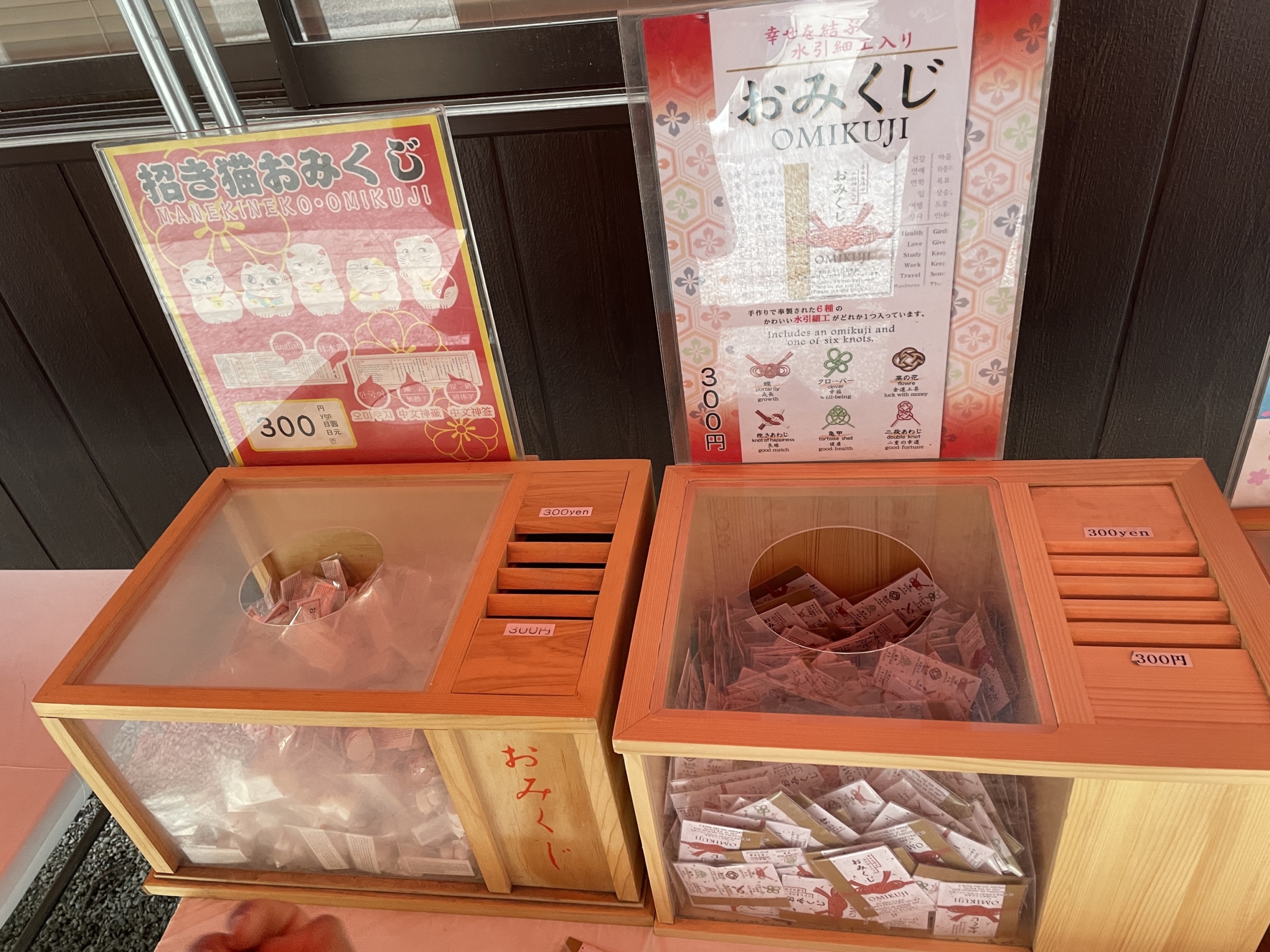
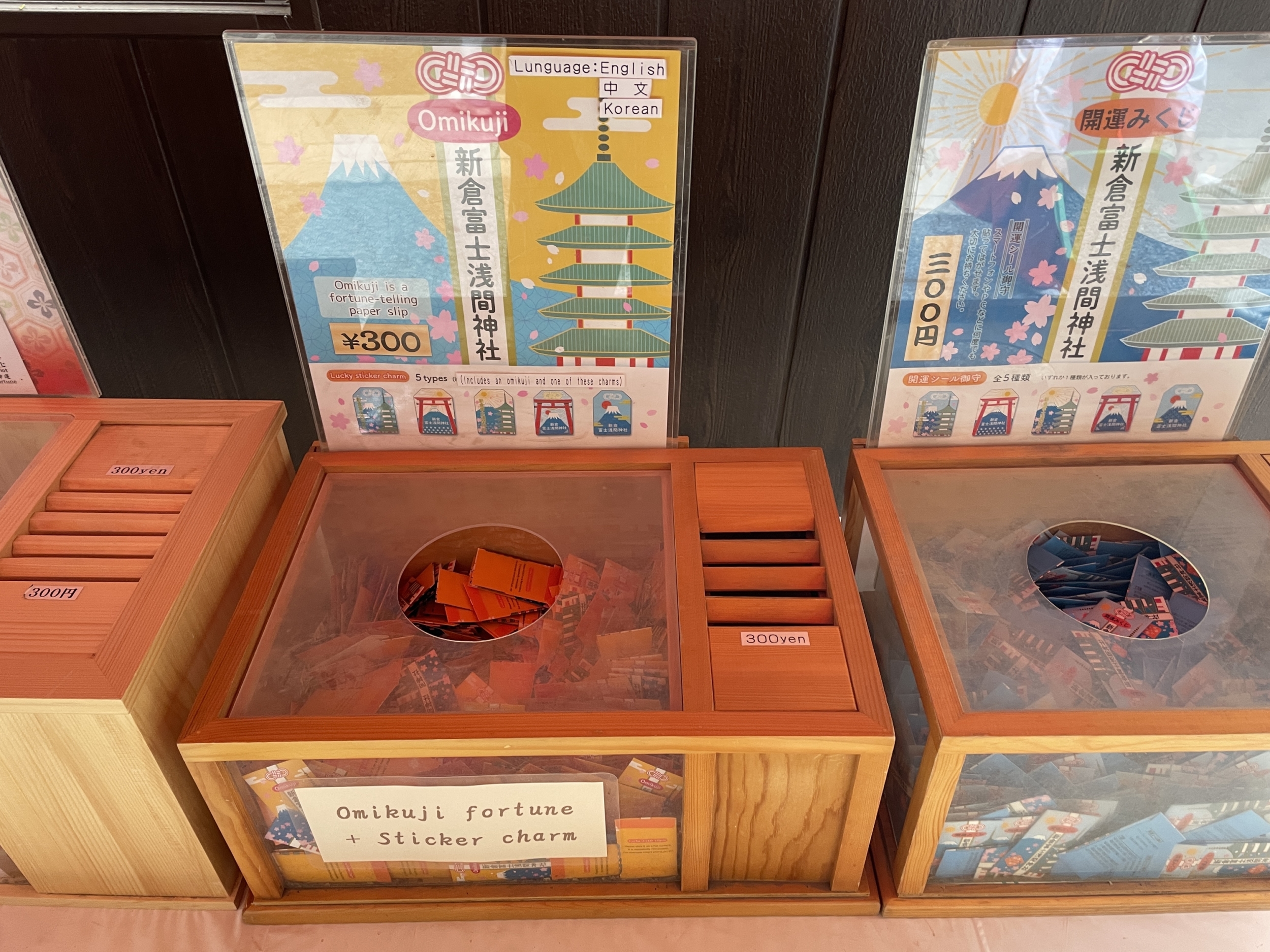
Tip
Traditionally, omikuji are drawn only once per visit, as they are considered a direct message from the deity. If you receive an unfavorable result, tie it to the designated rack within the grounds.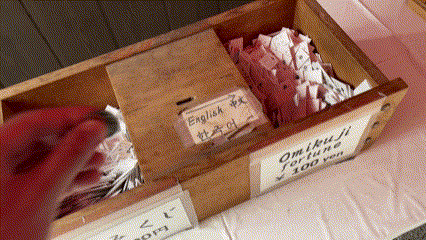
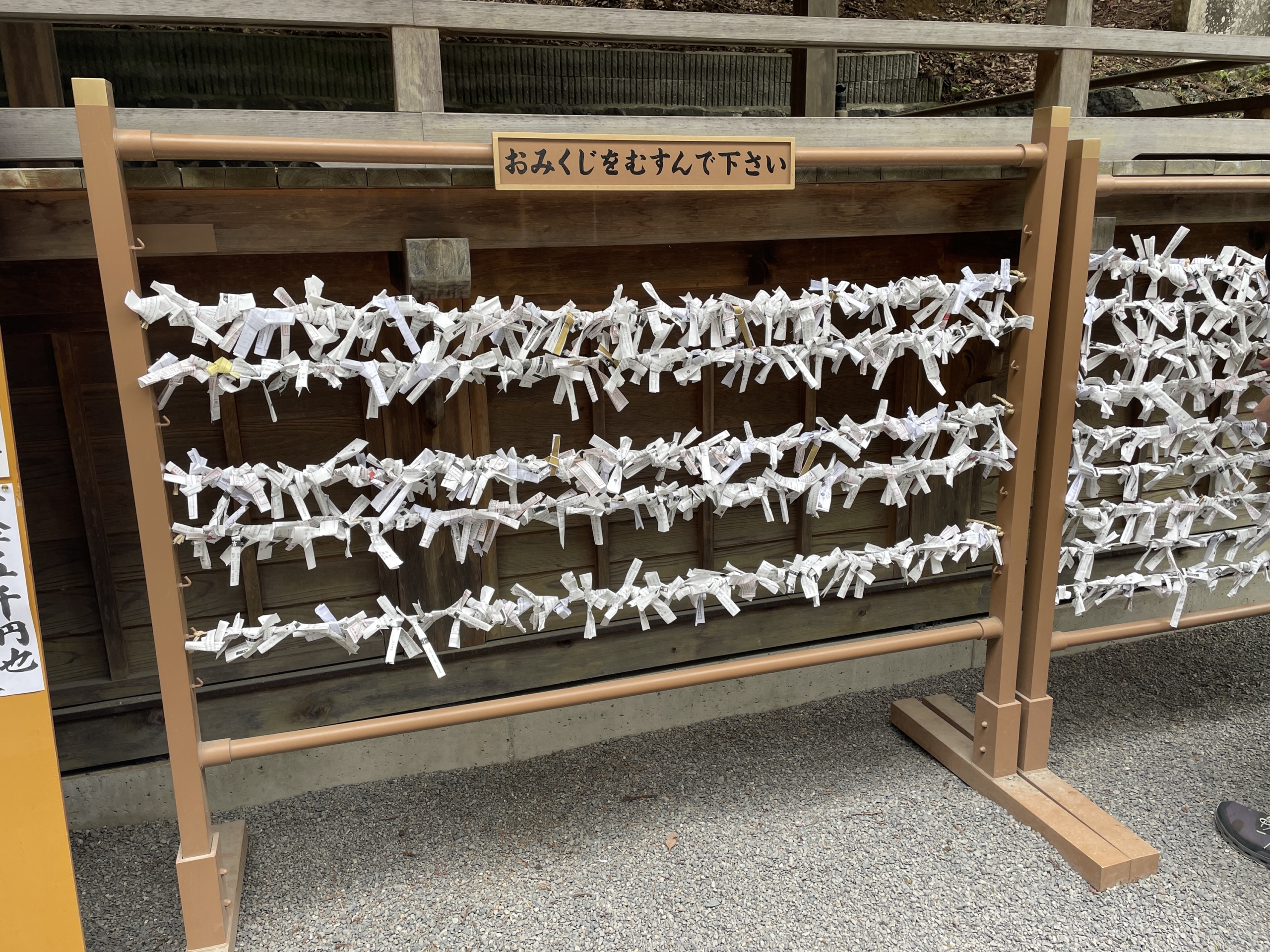
Omamori (protective charms) are available from 500 yen. Designs range from standard blessings to unique versions exclusive to this shrine. Particularly popular is the charm featuring the Chureito Pagoda, cherry blossoms, and Mt. Fuji with the inscription “Great Wish Fulfillment” (Daigan Jōju), which can only be obtained here.
